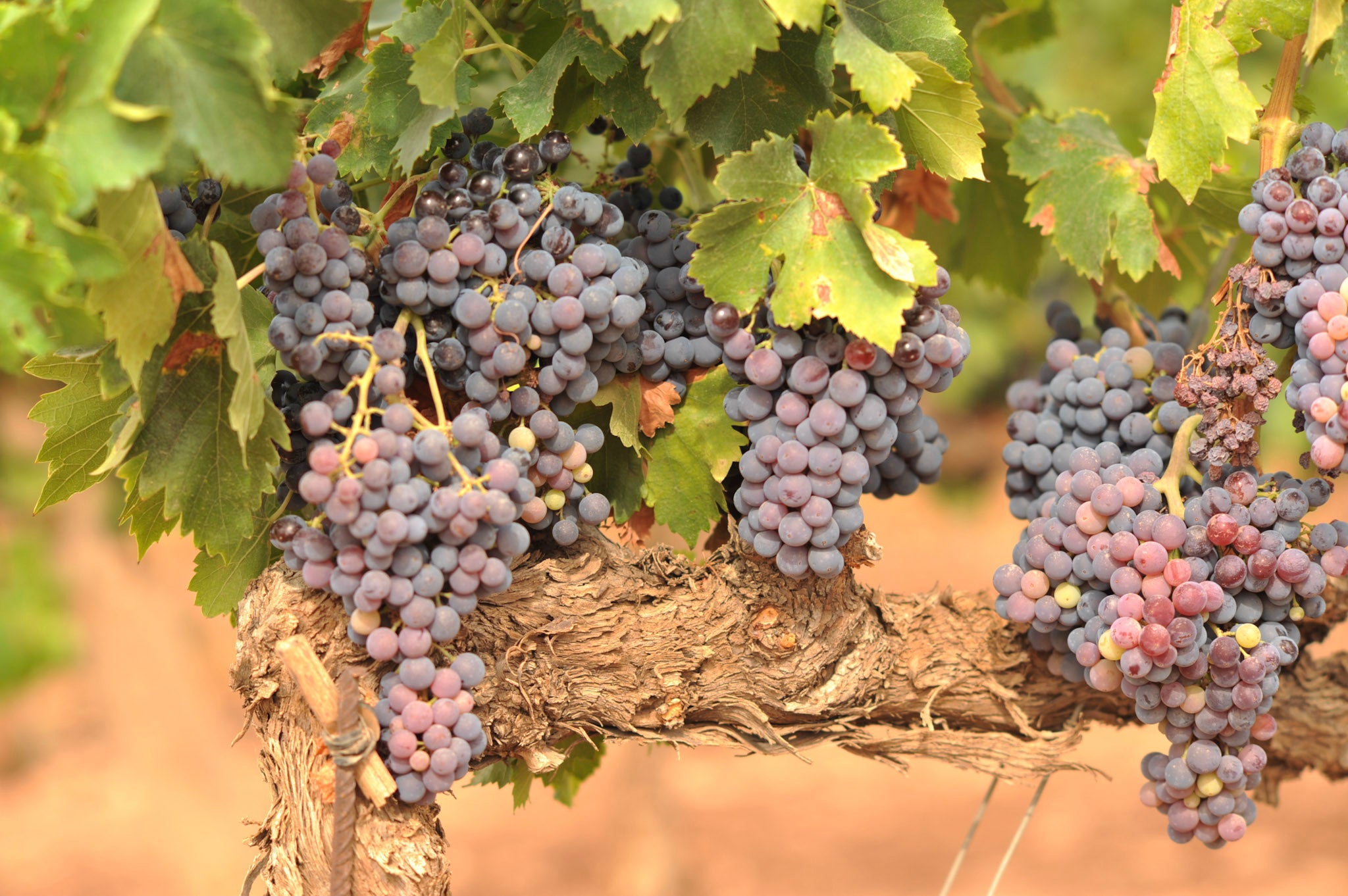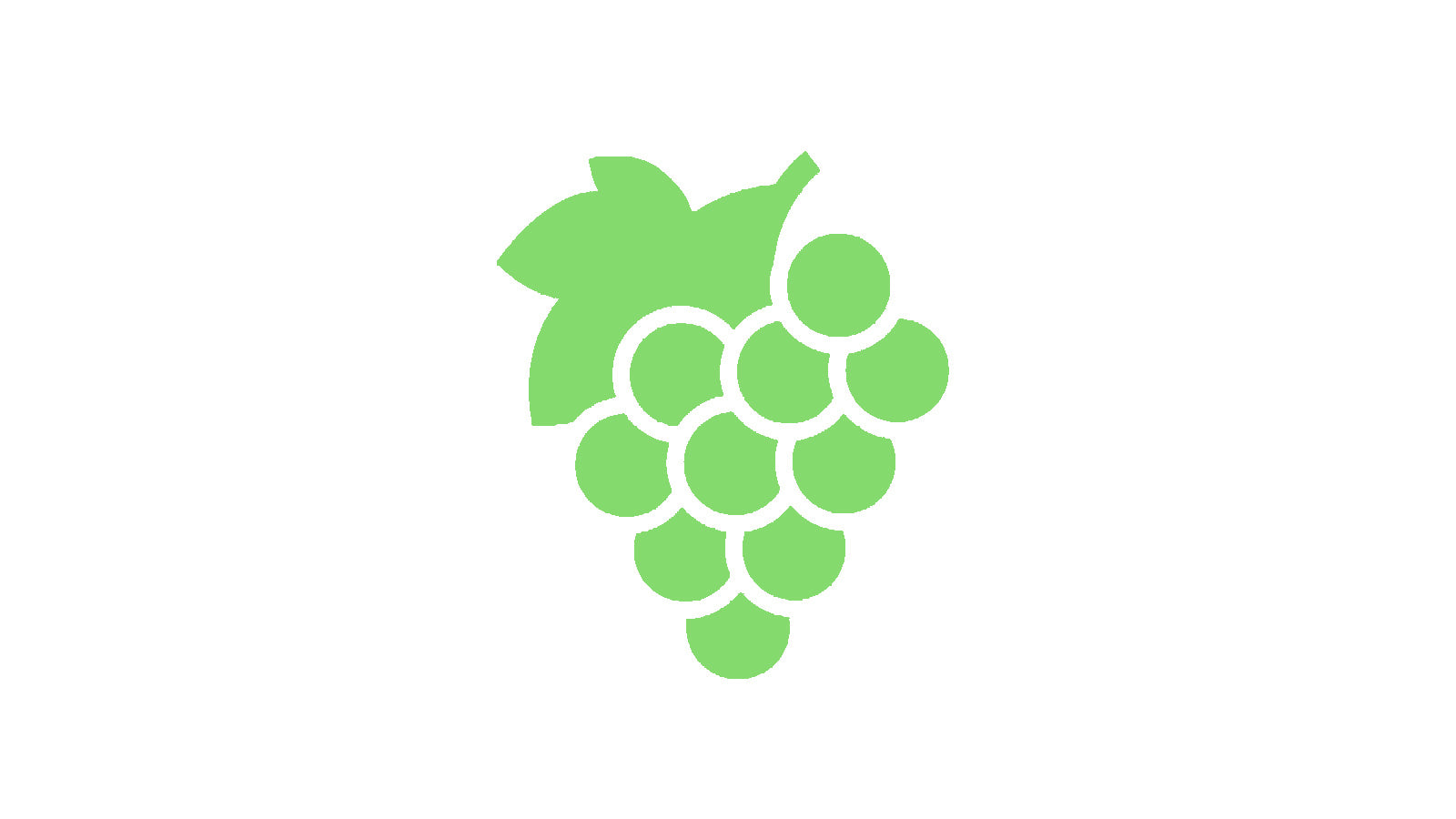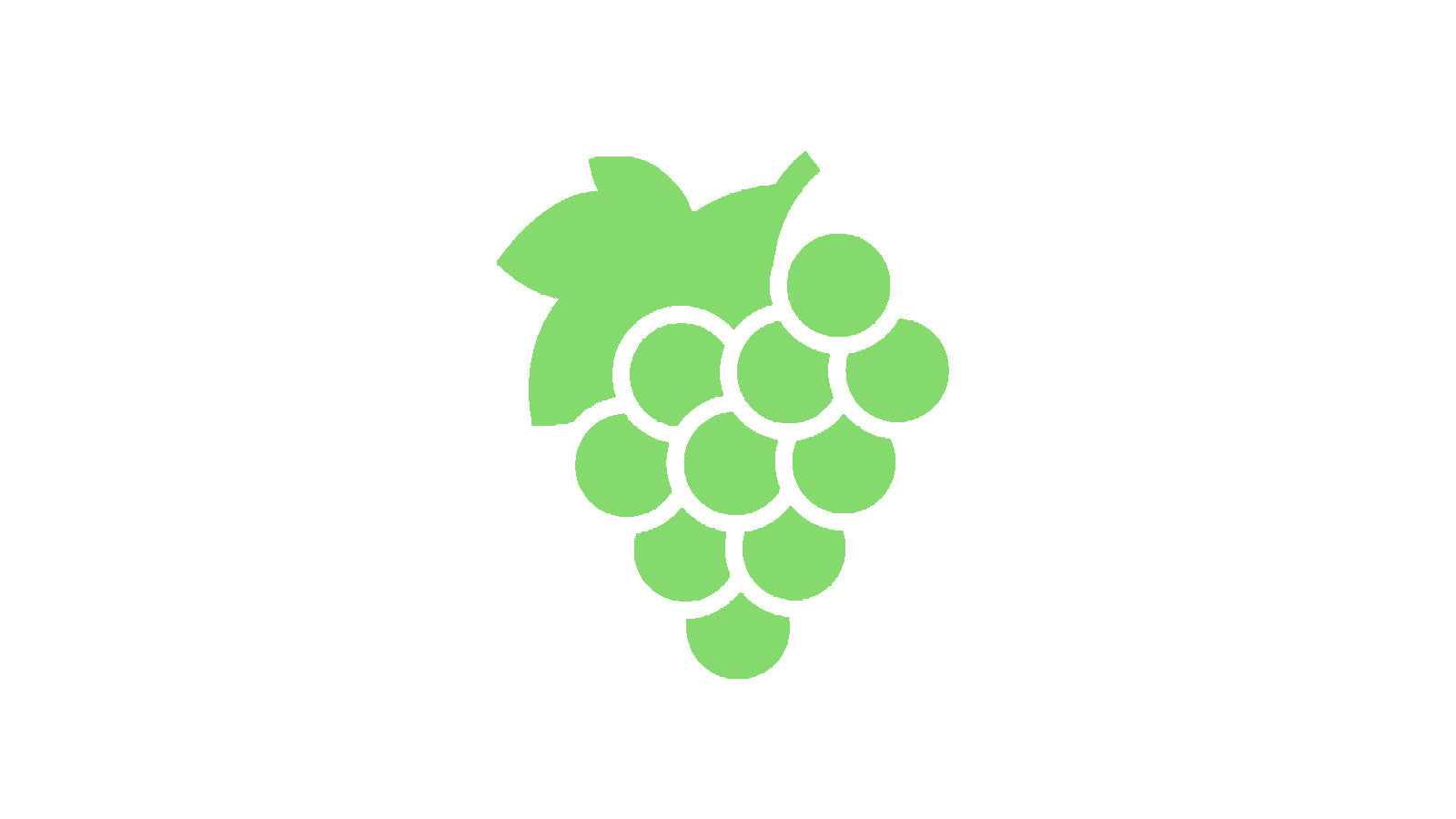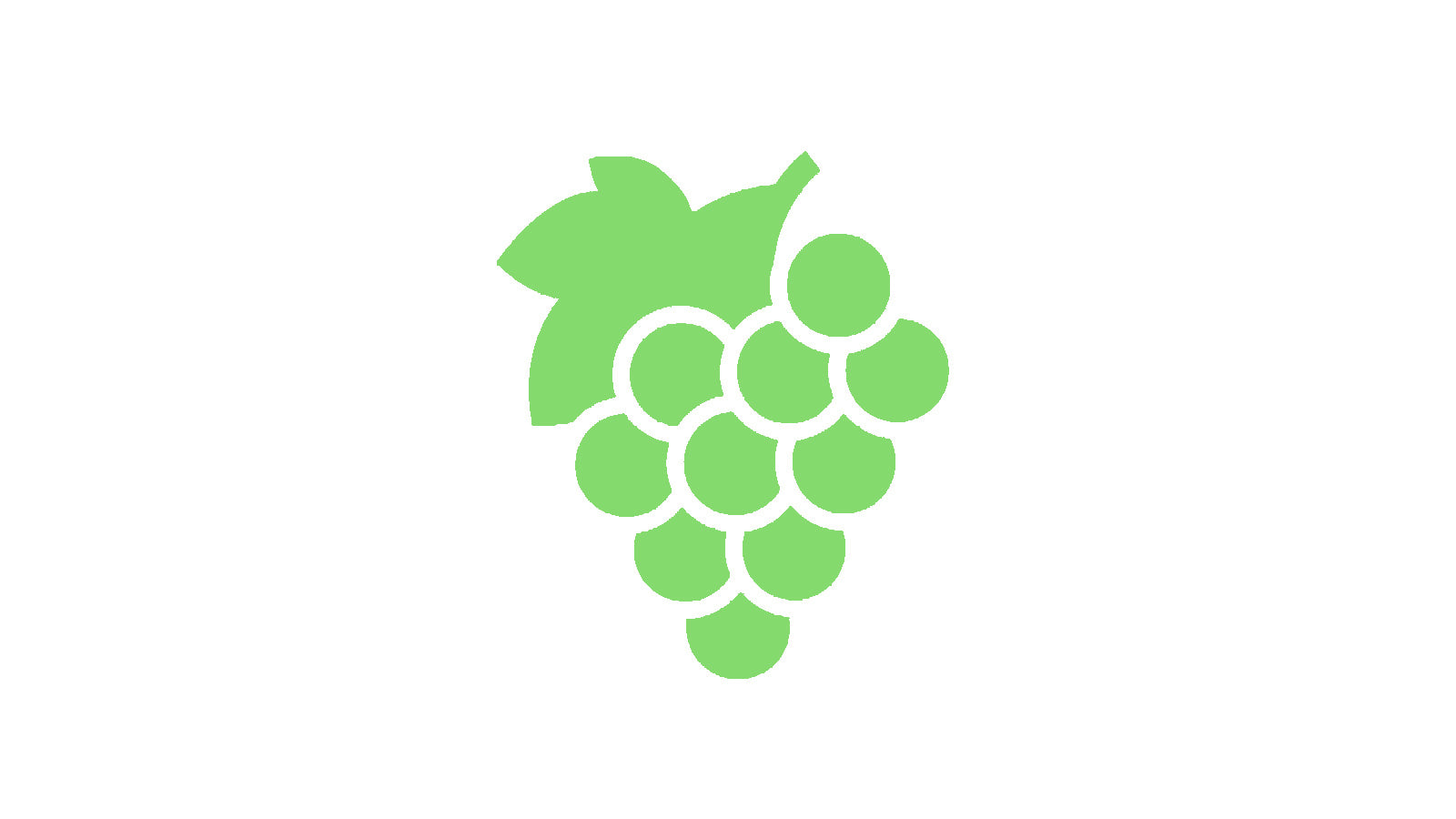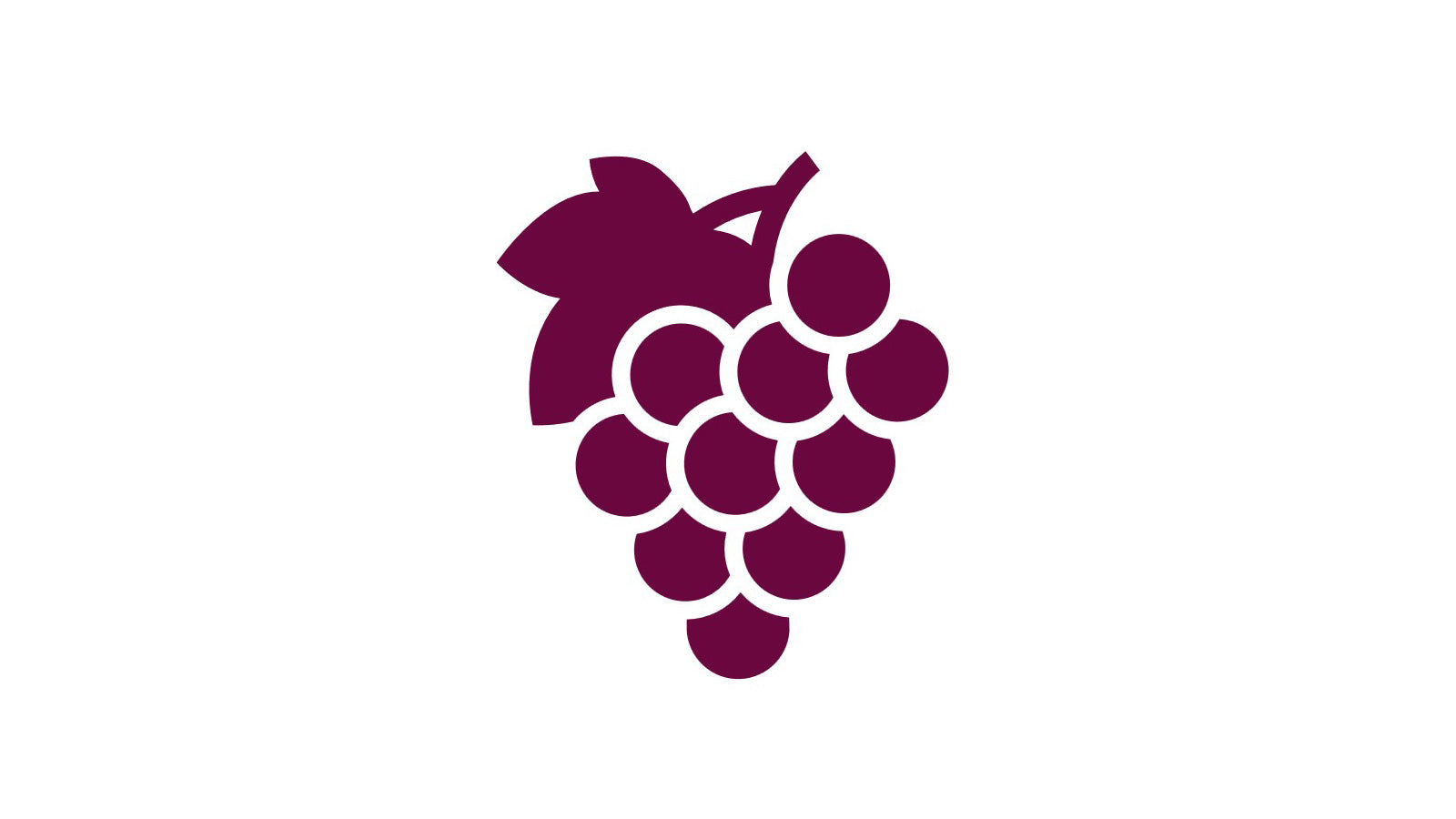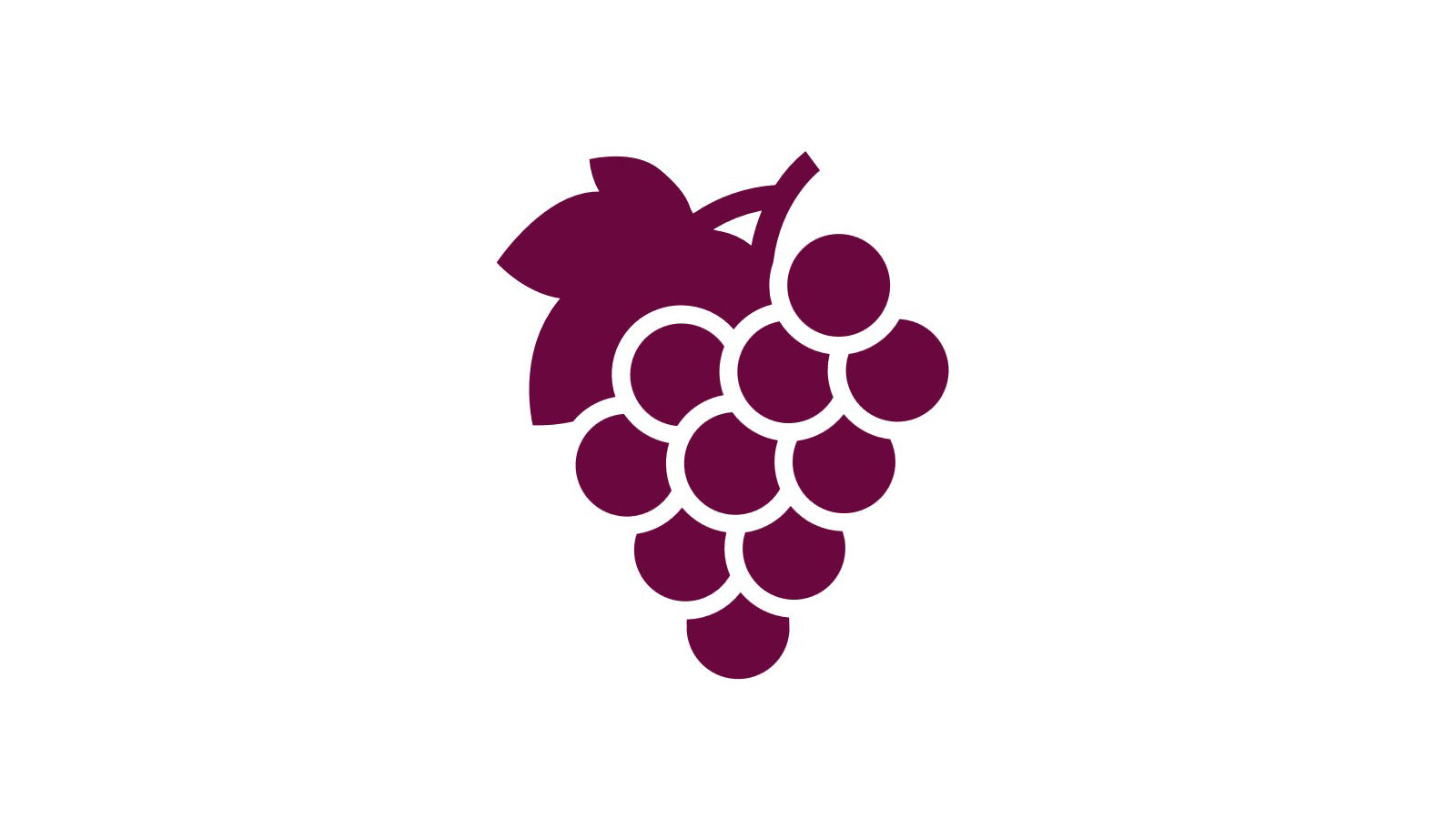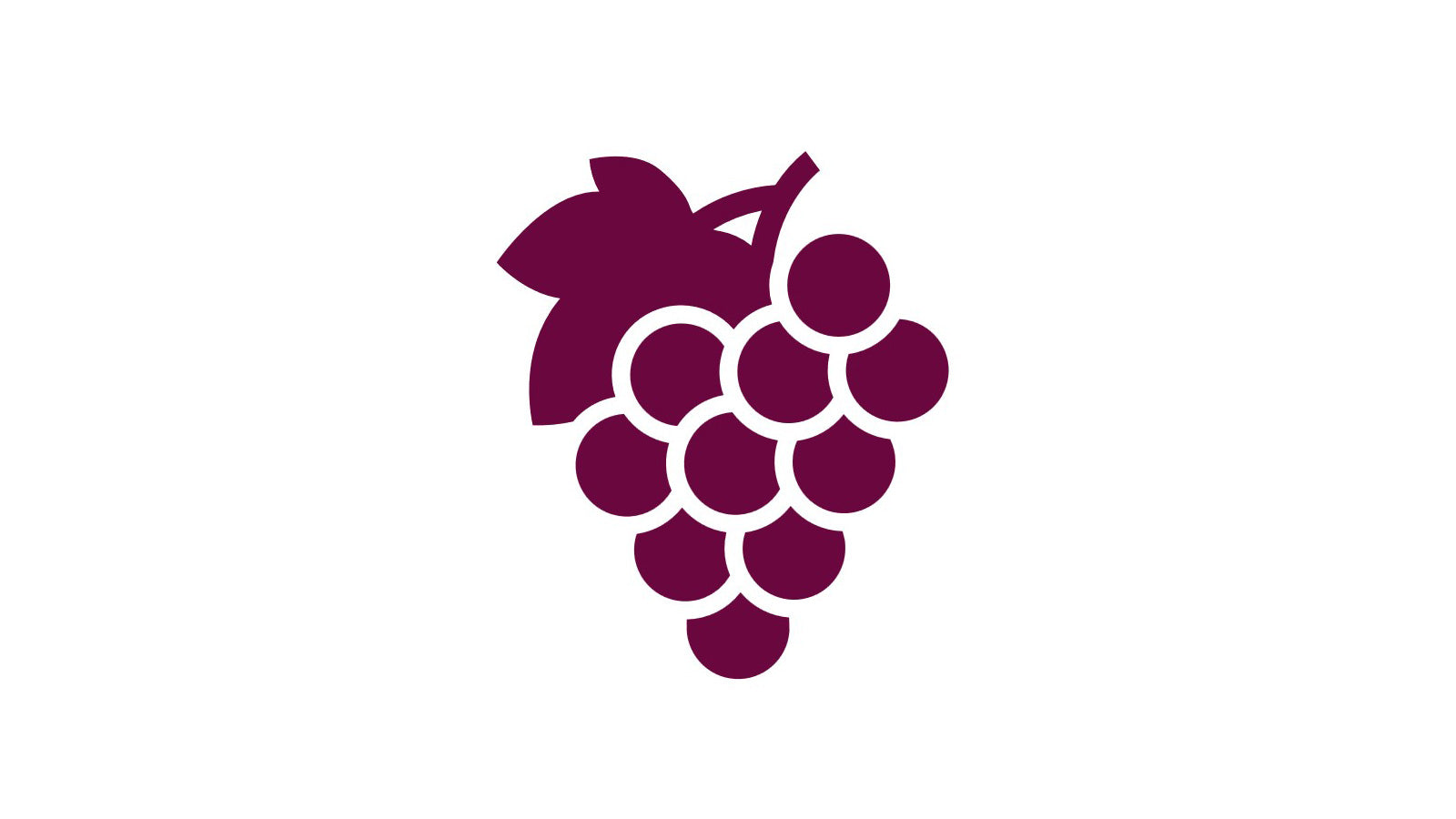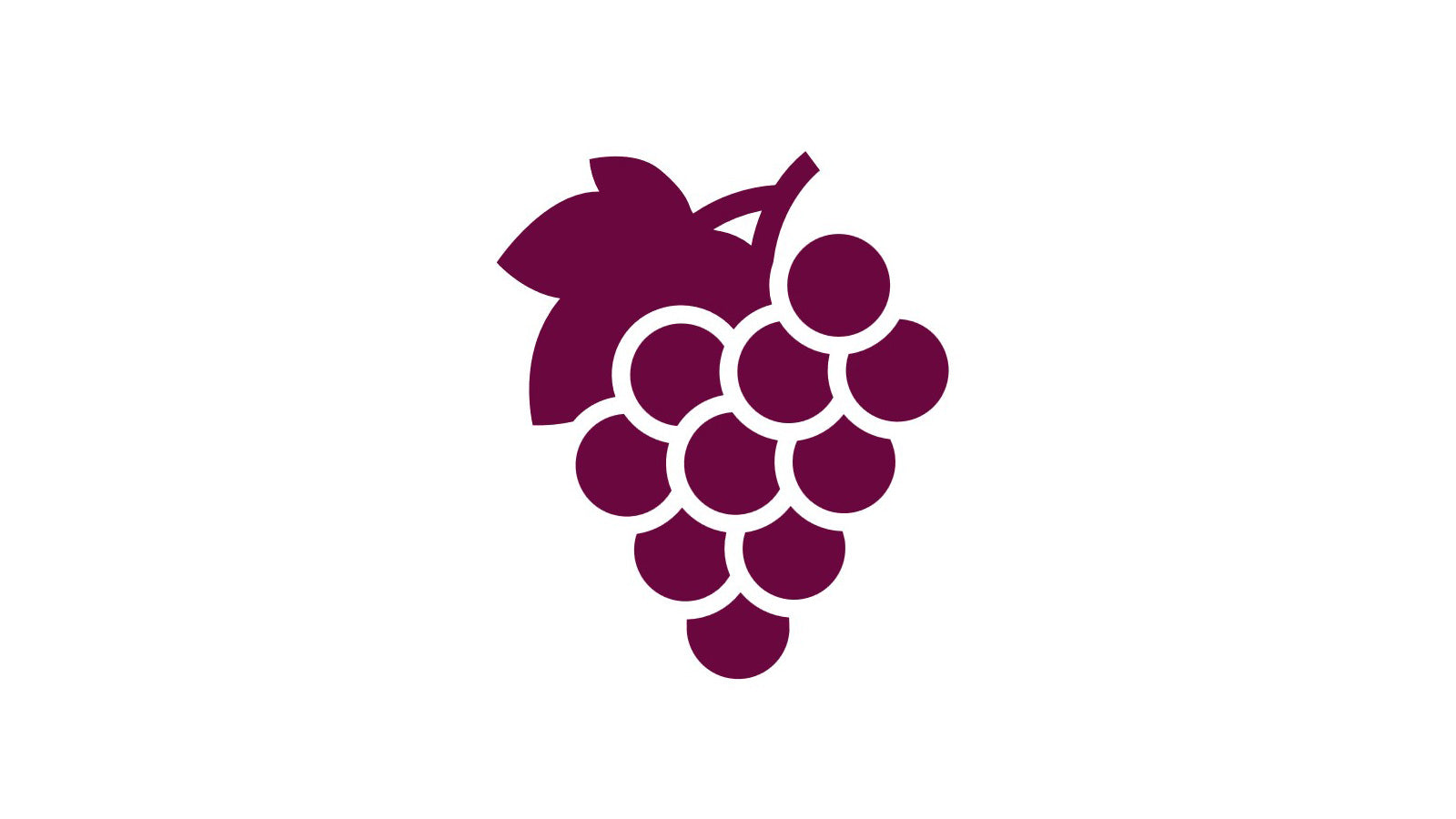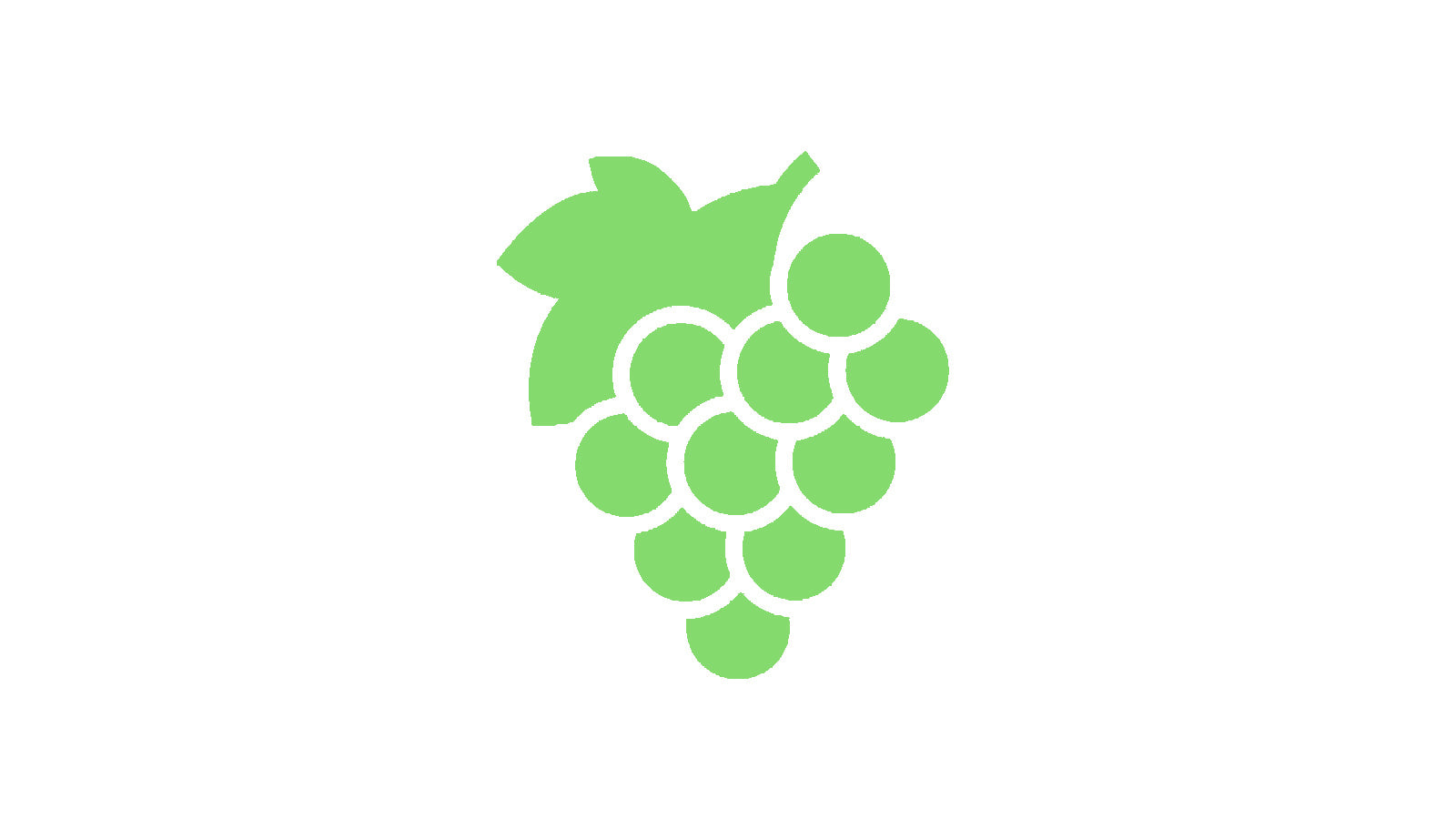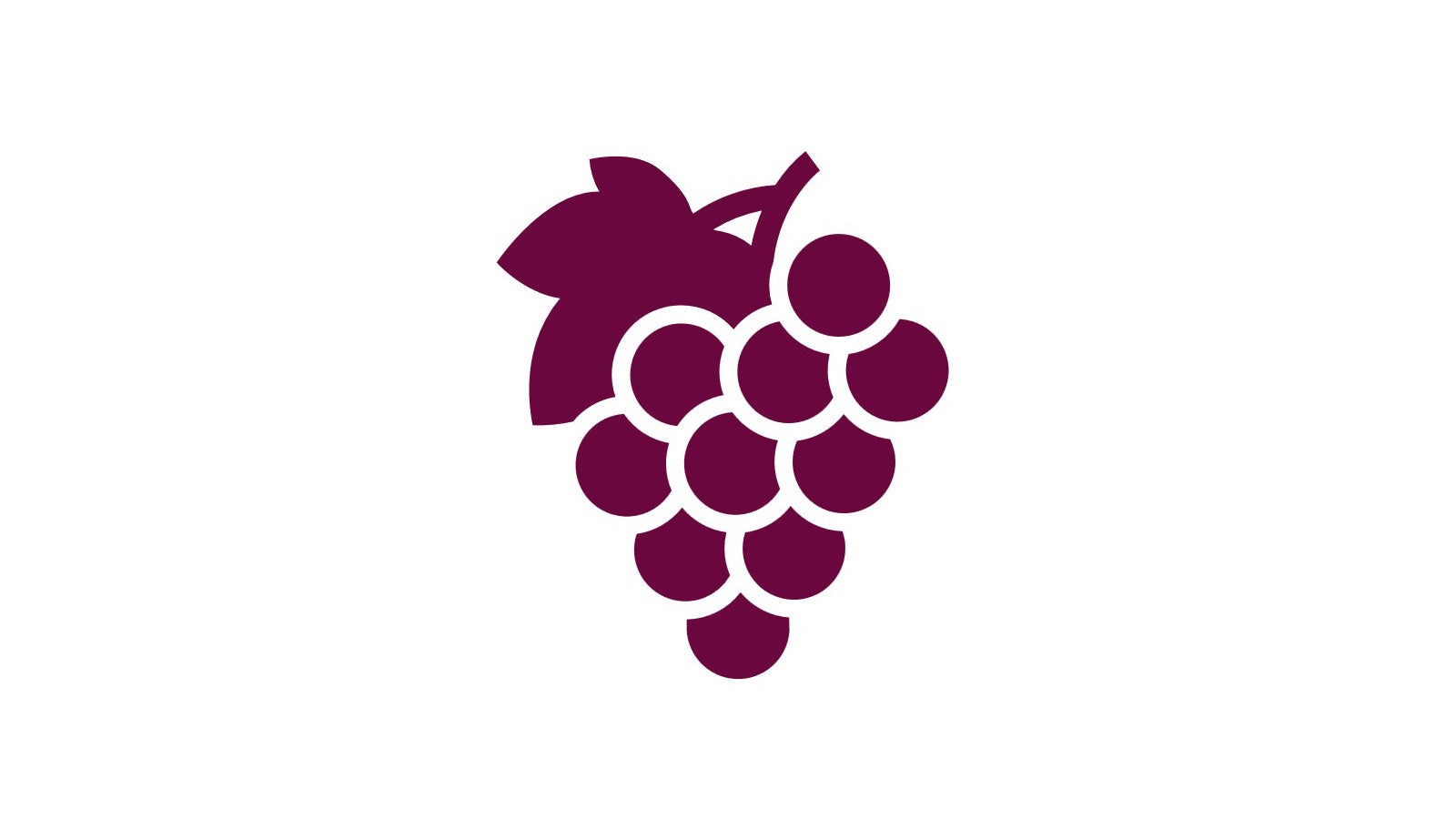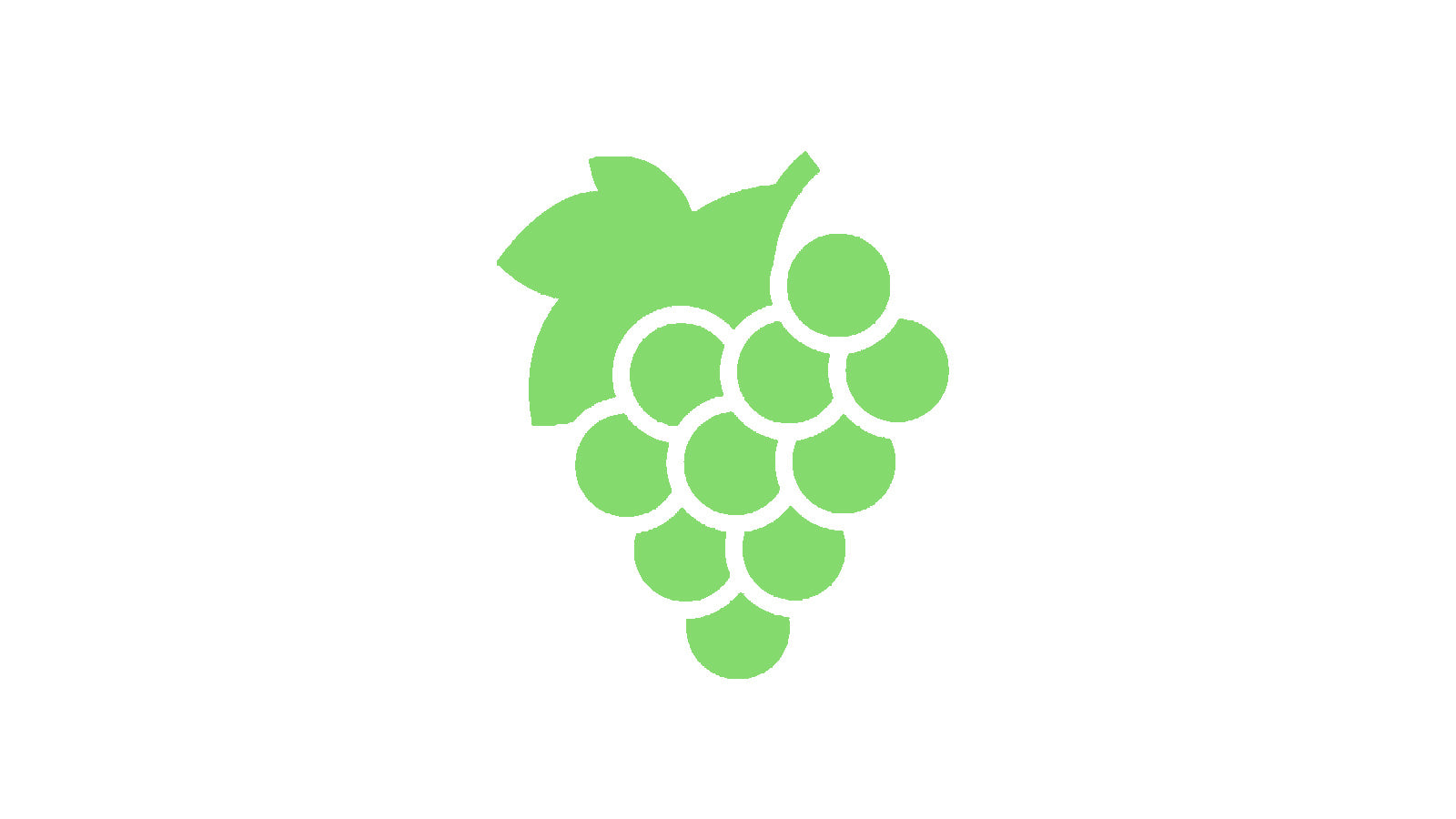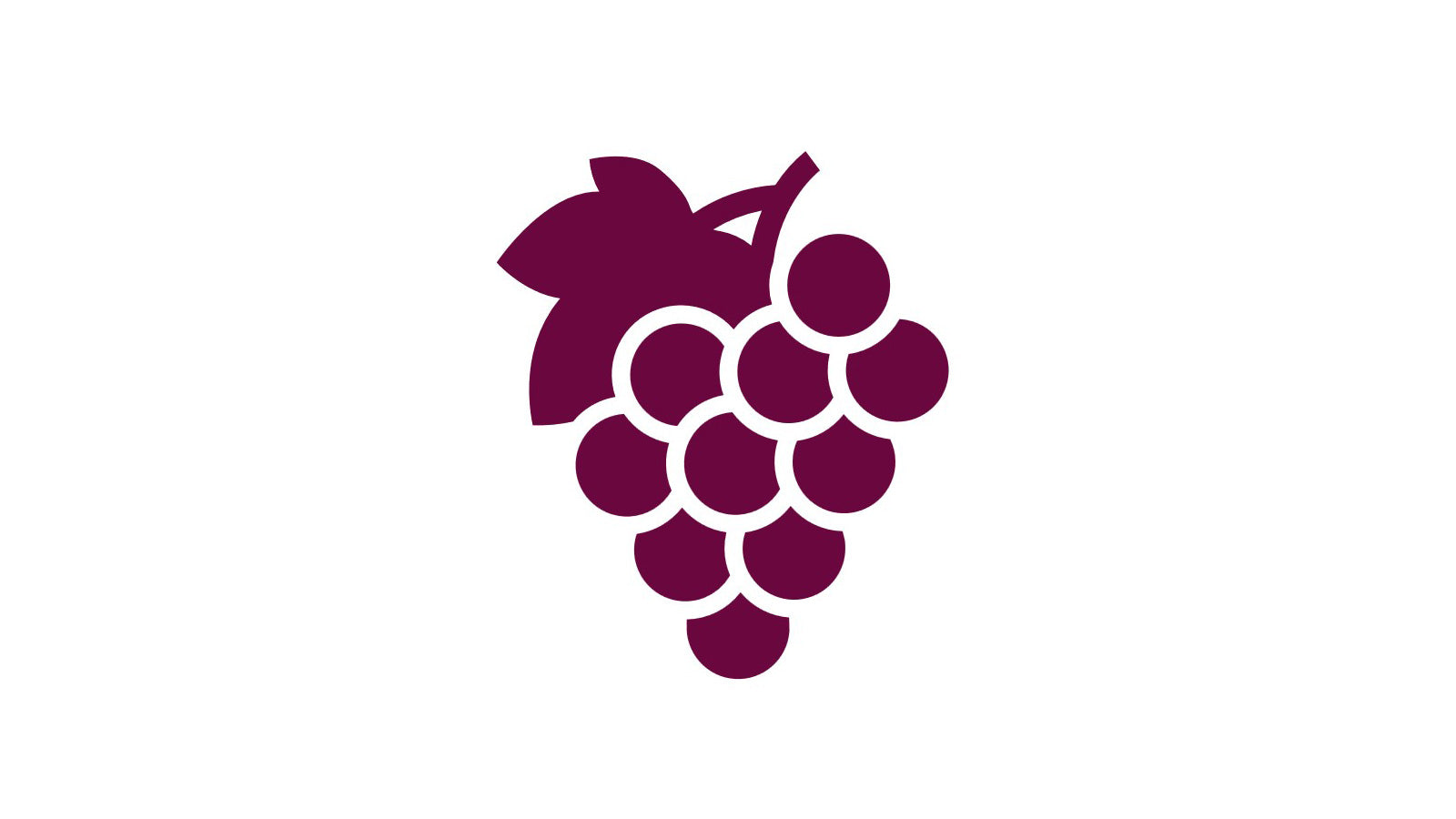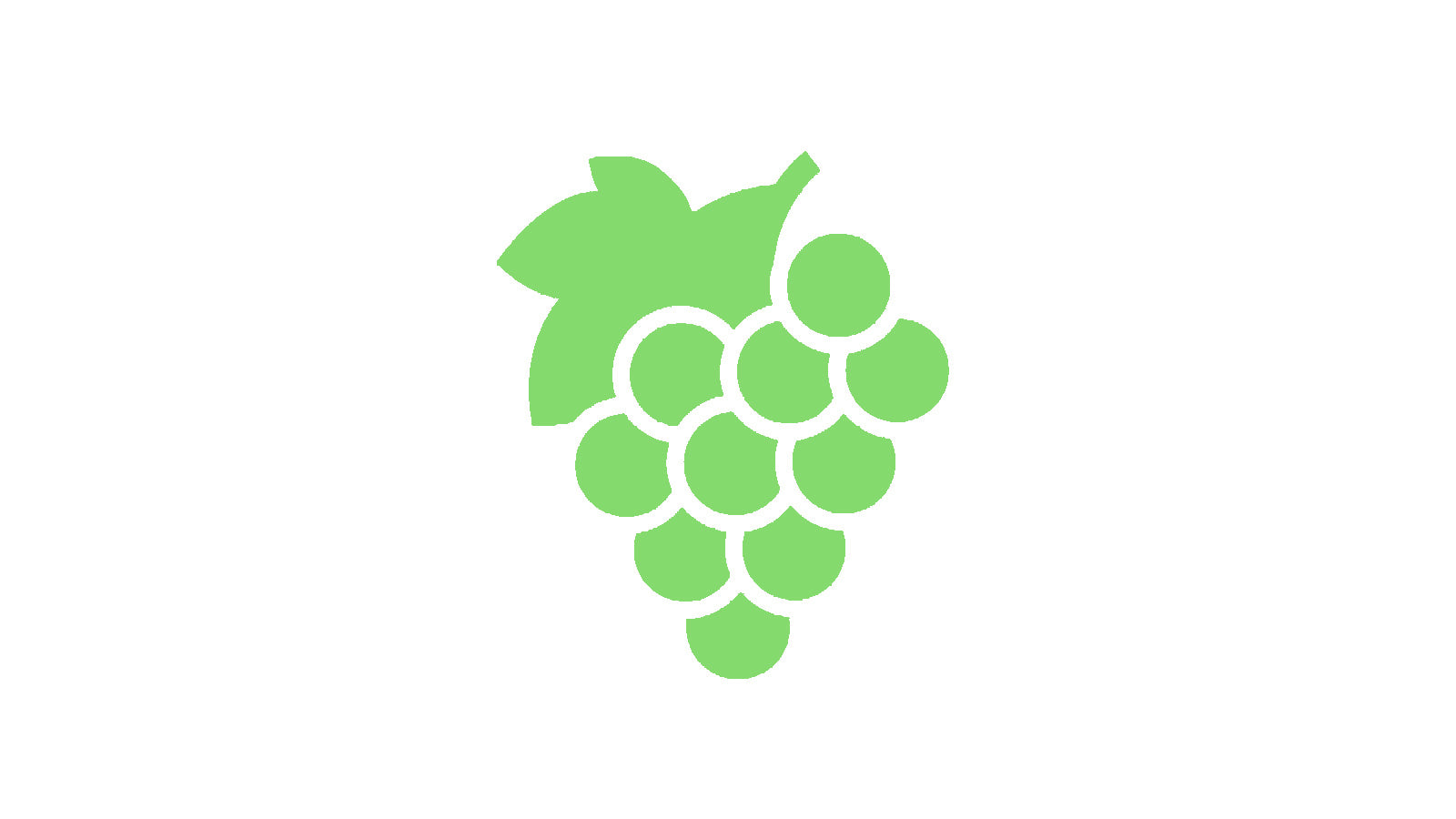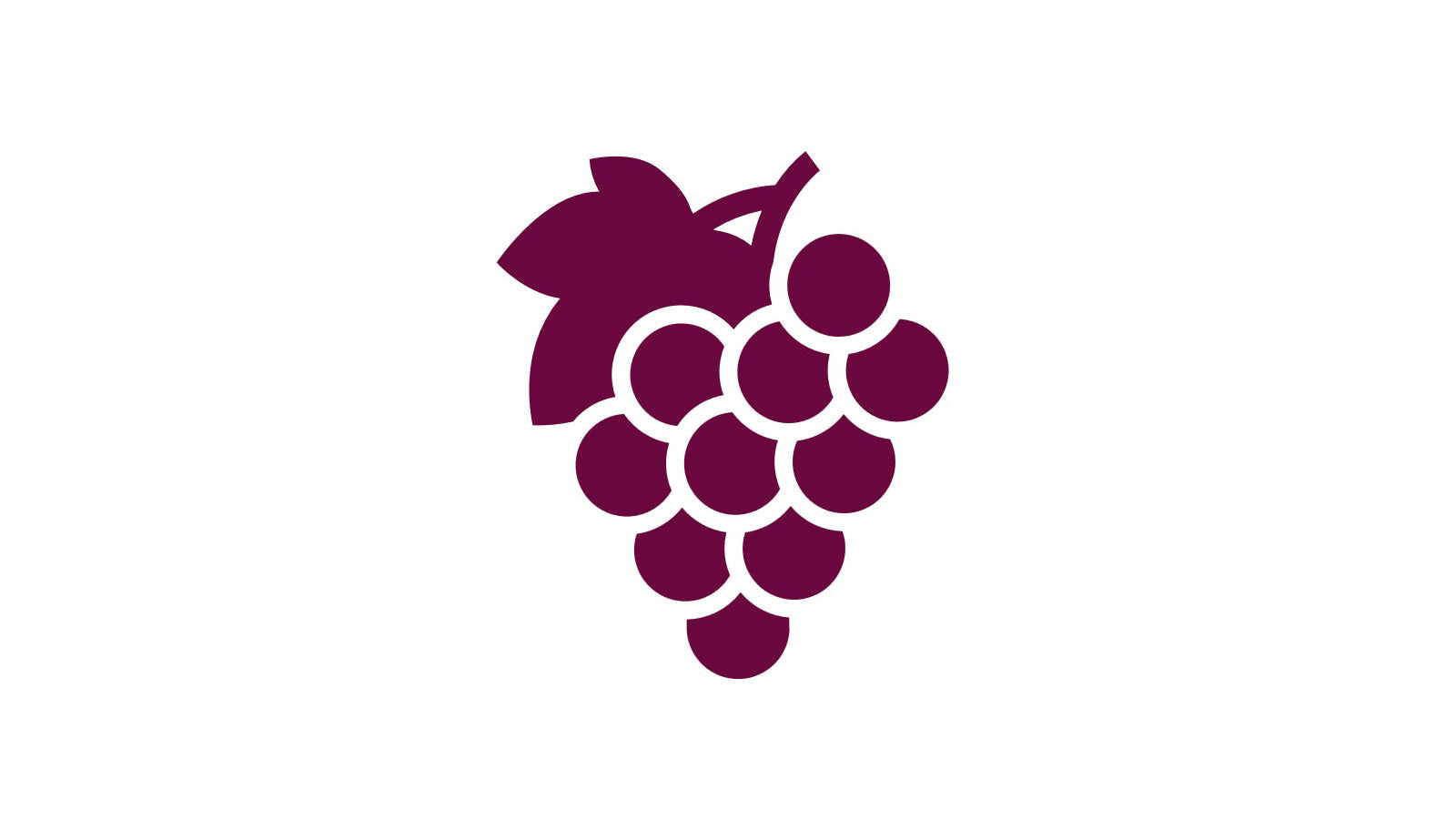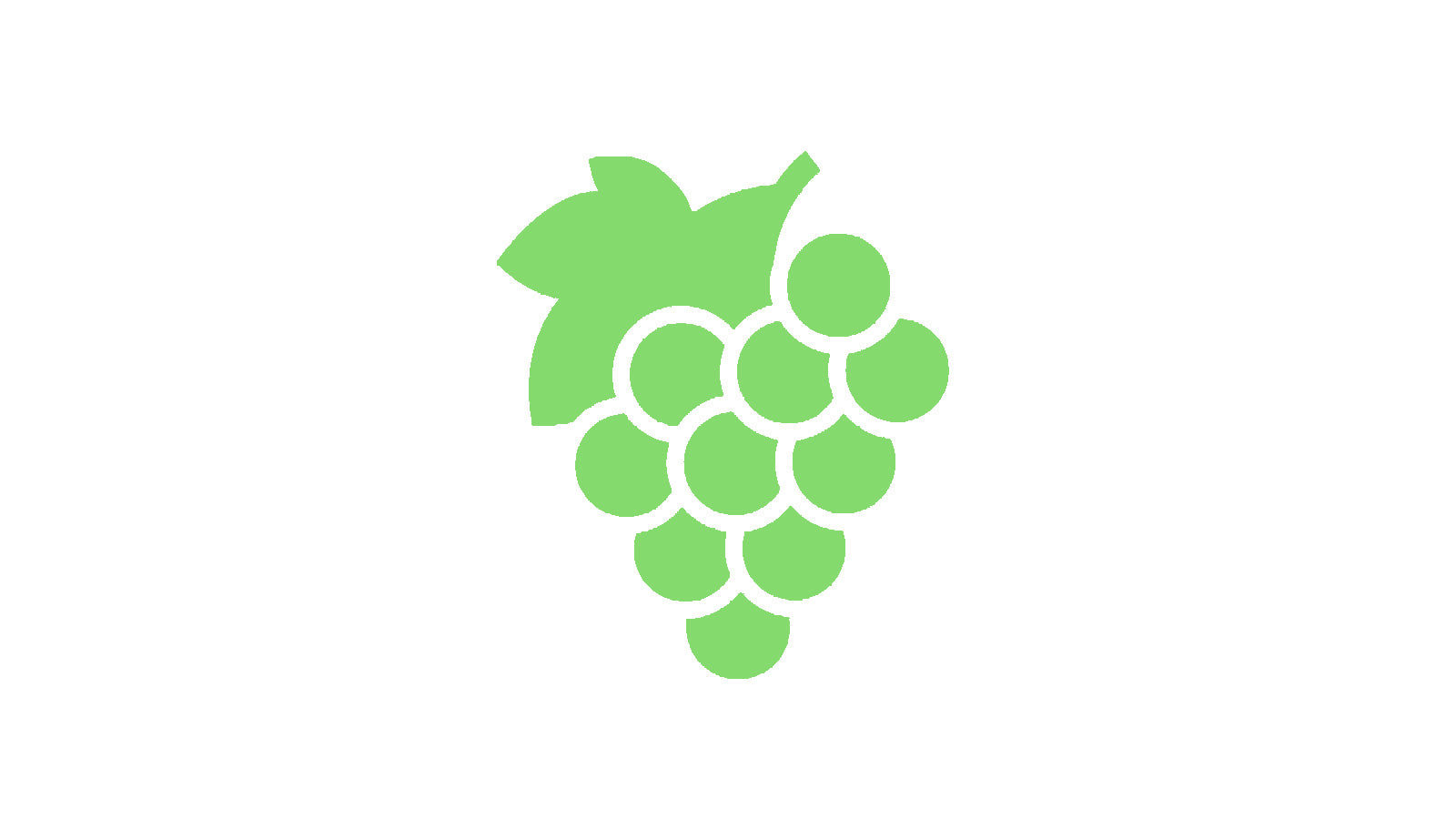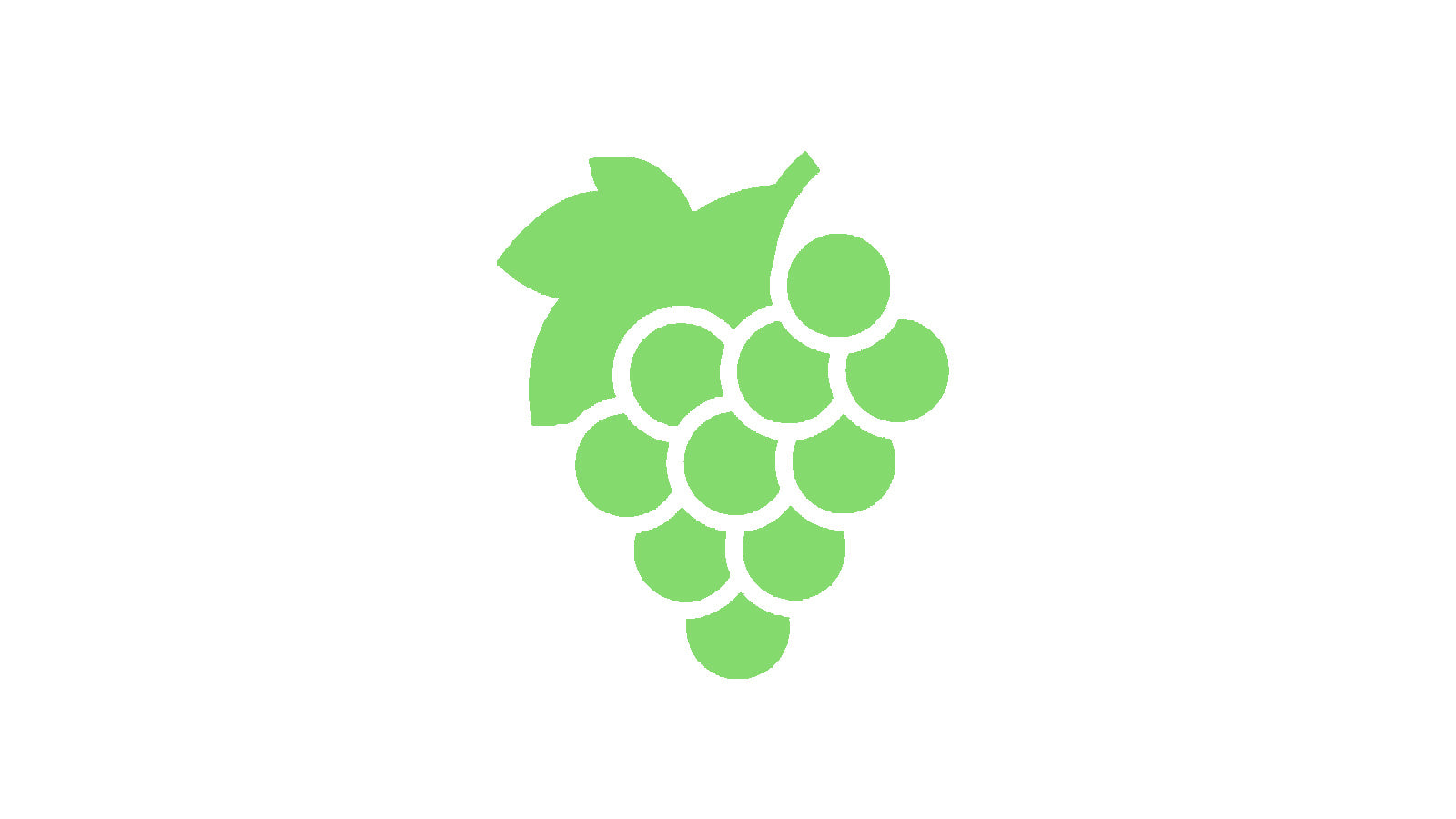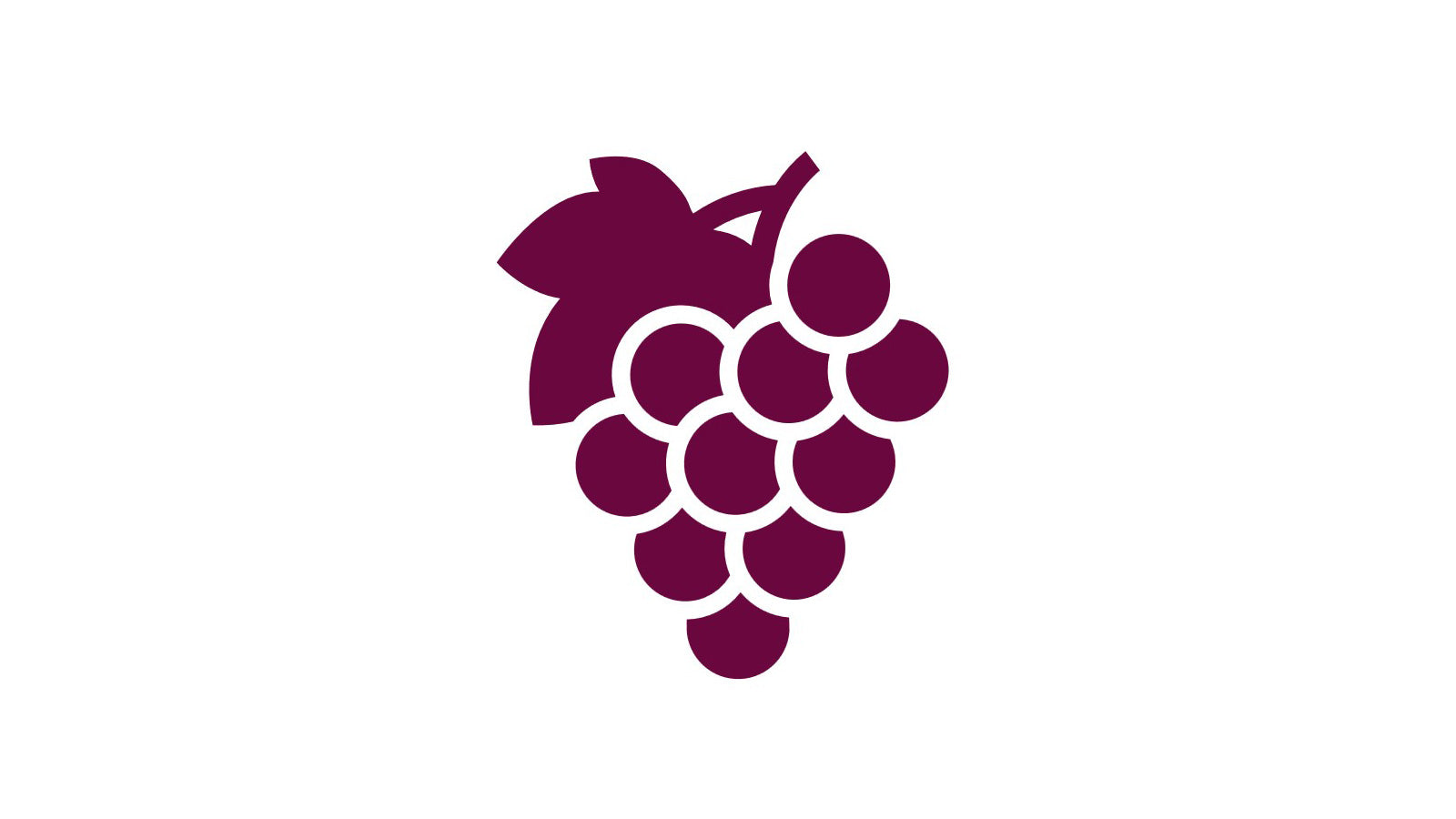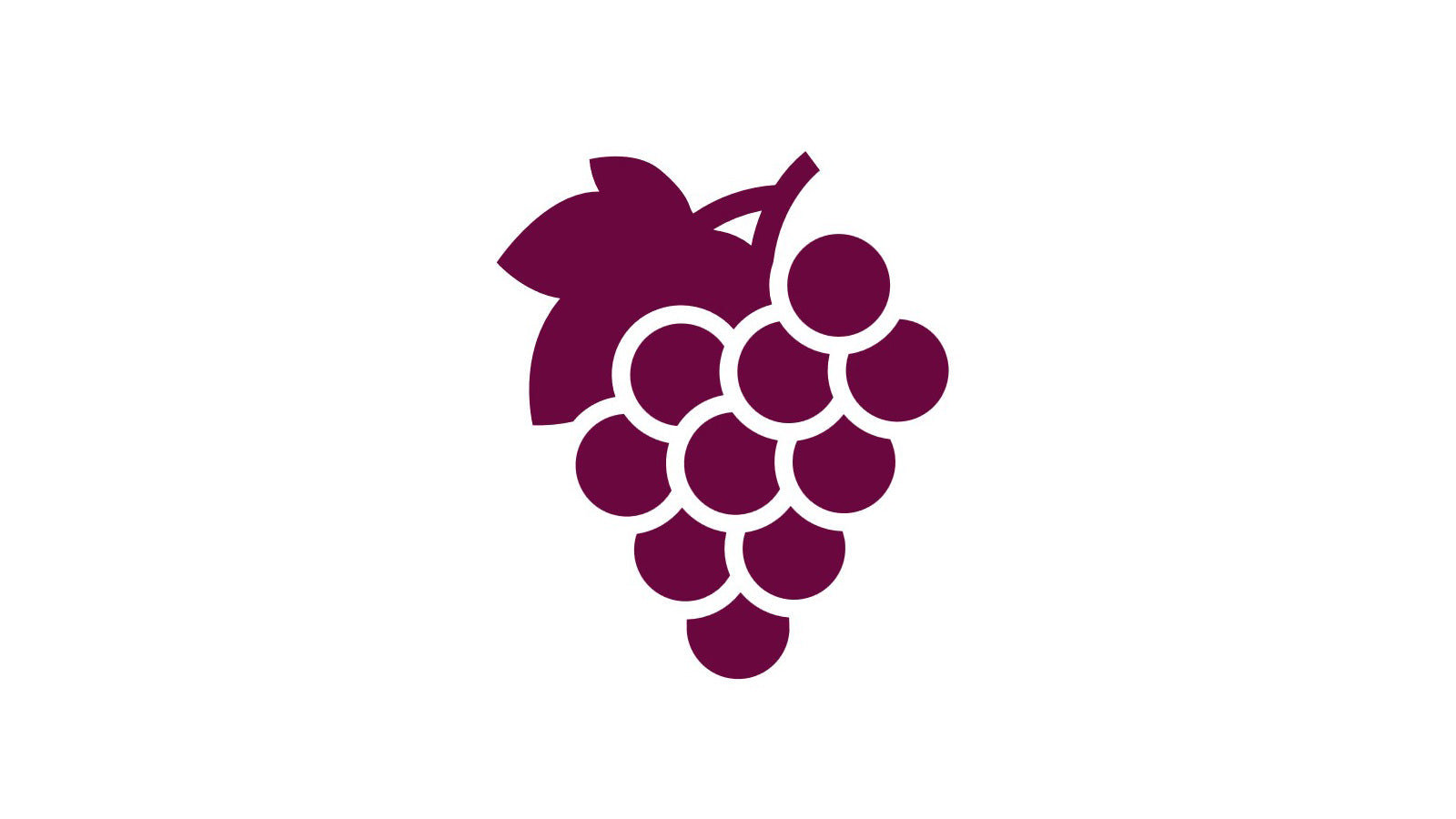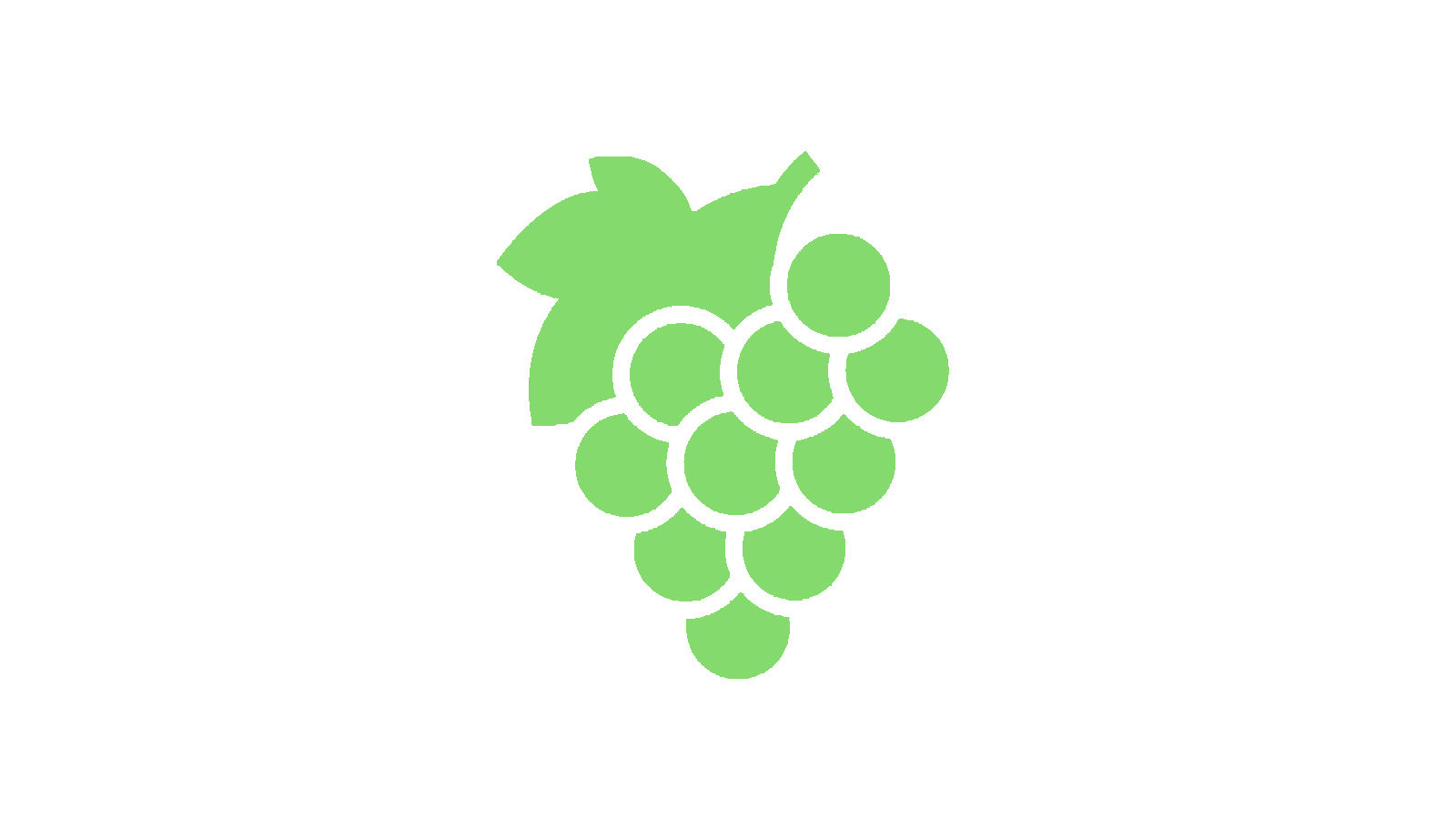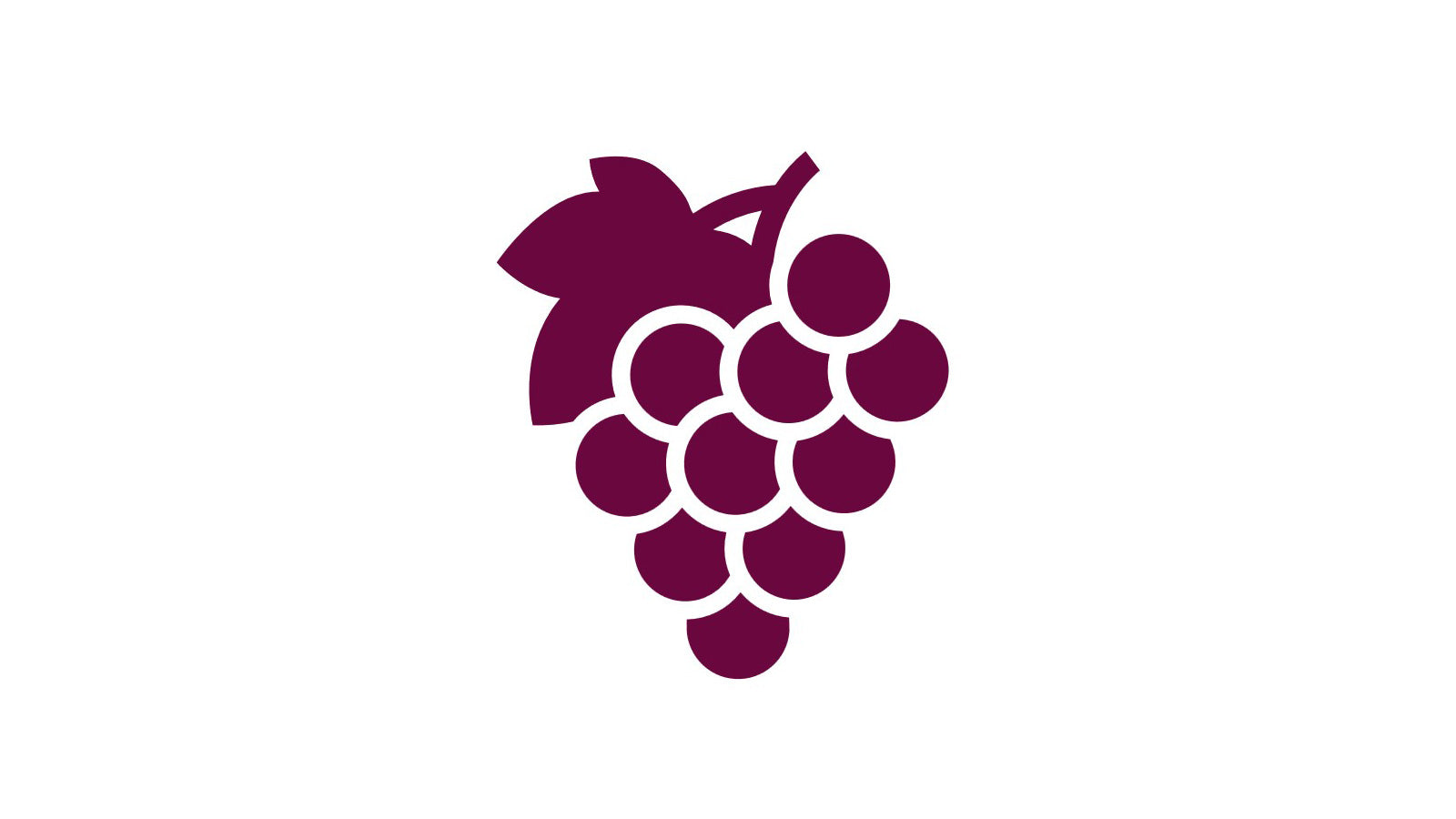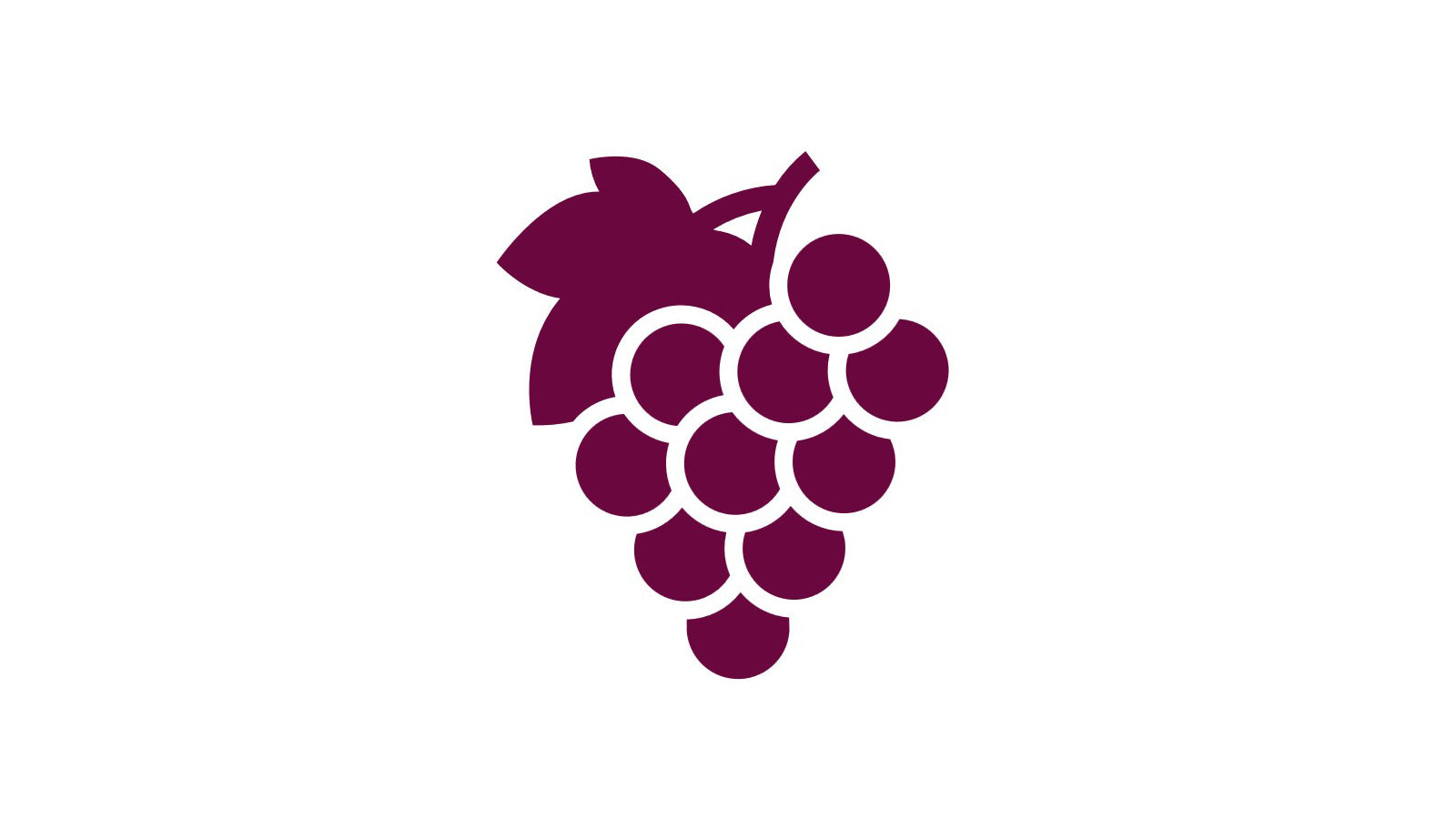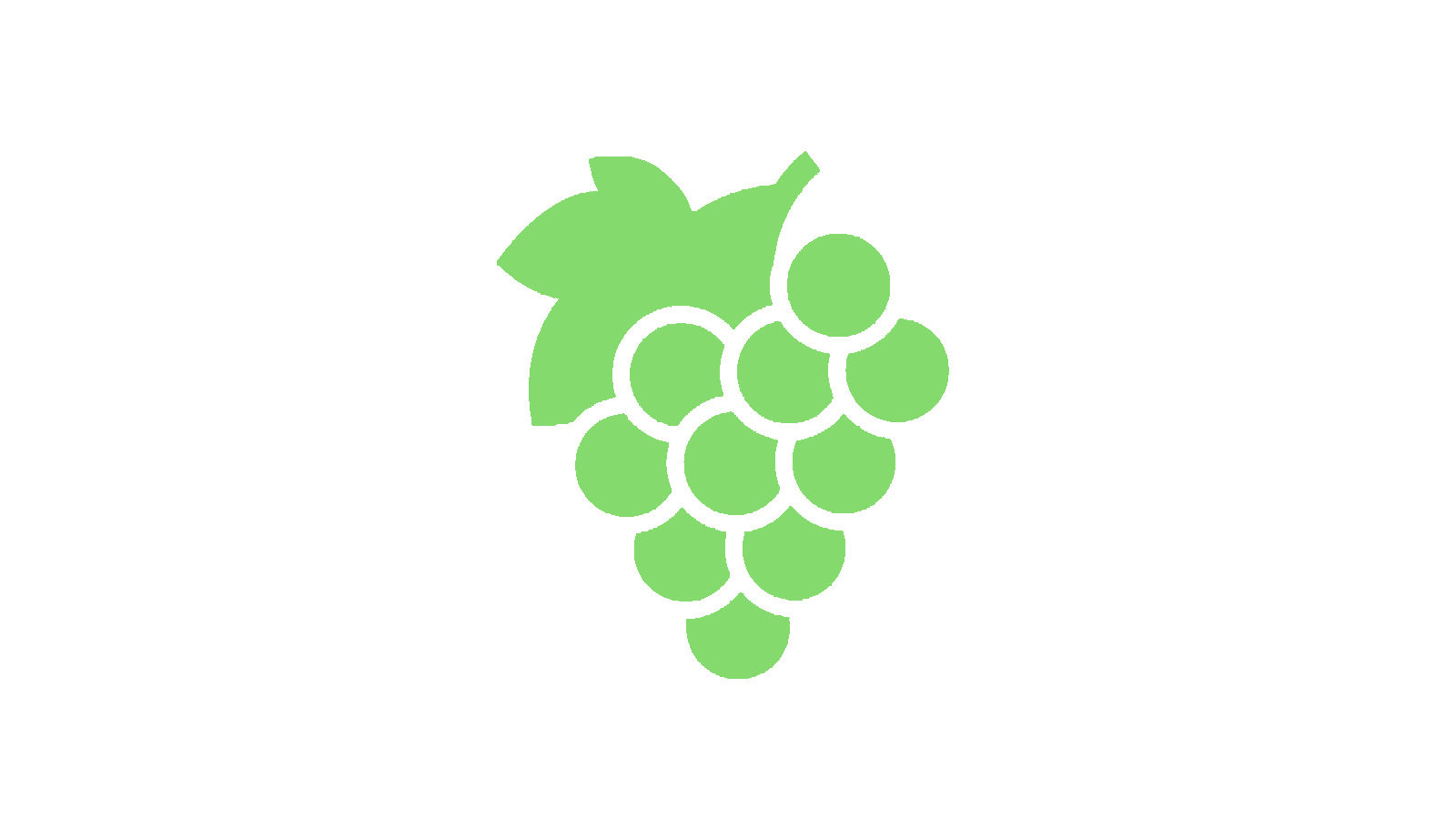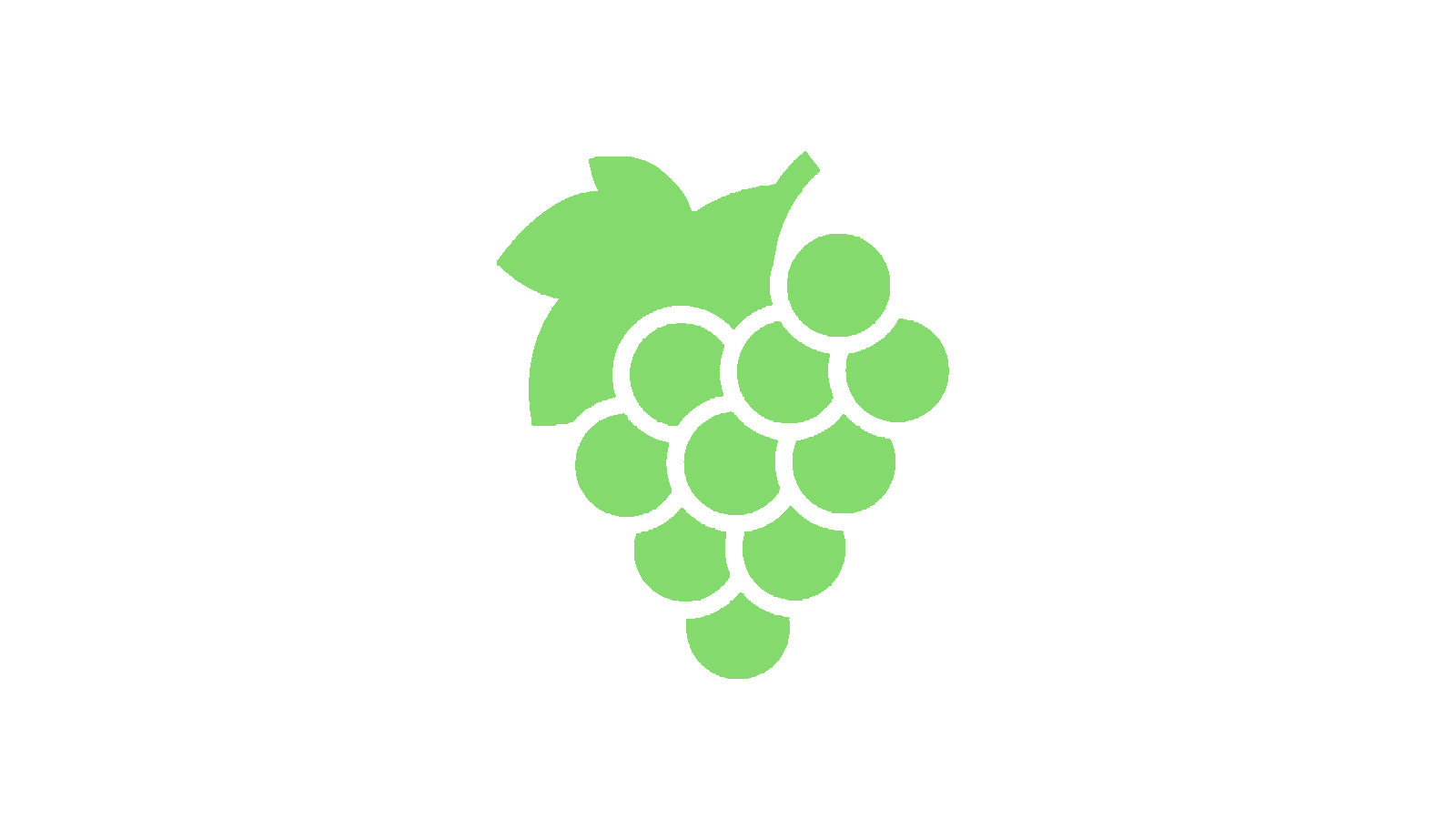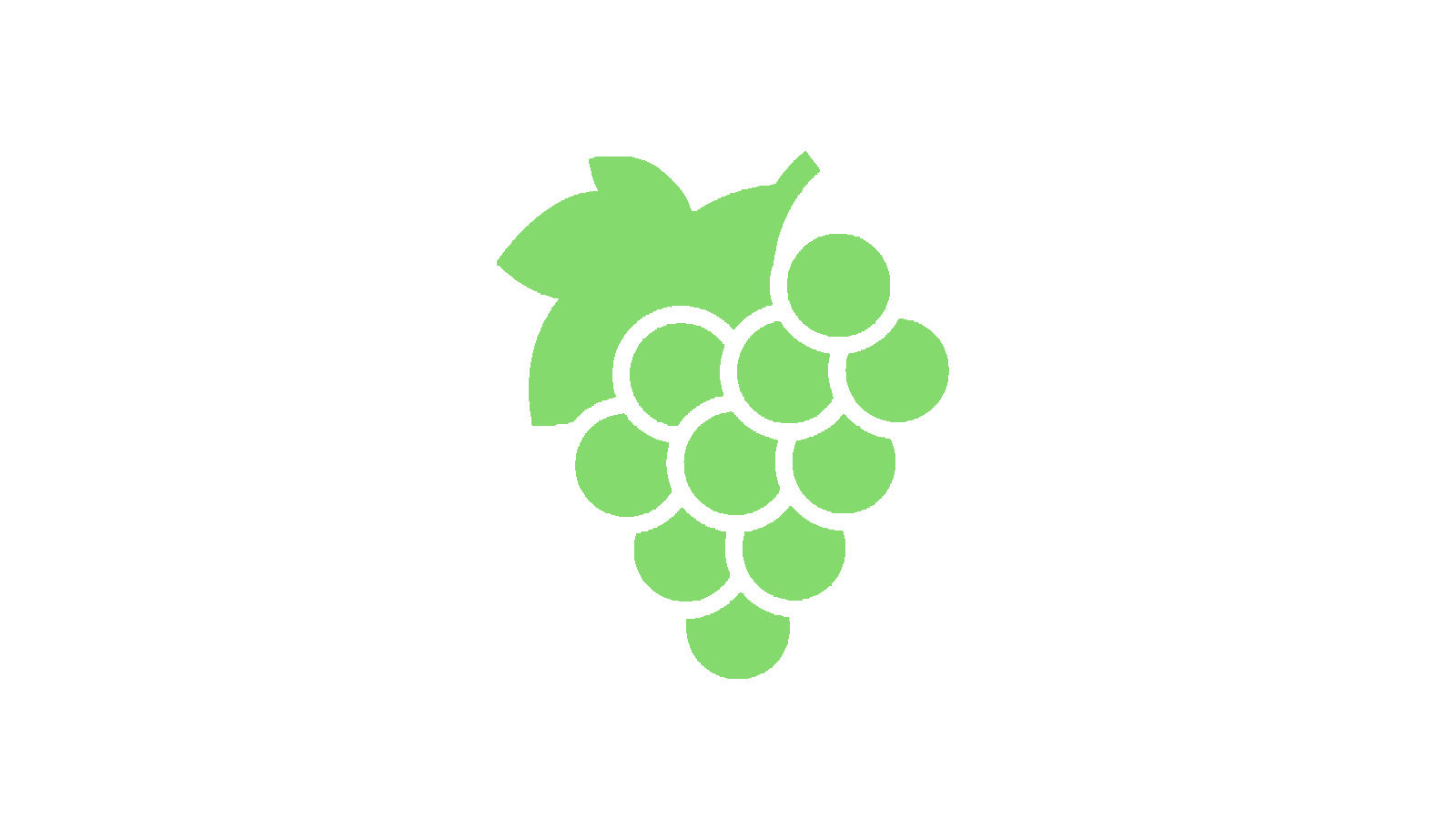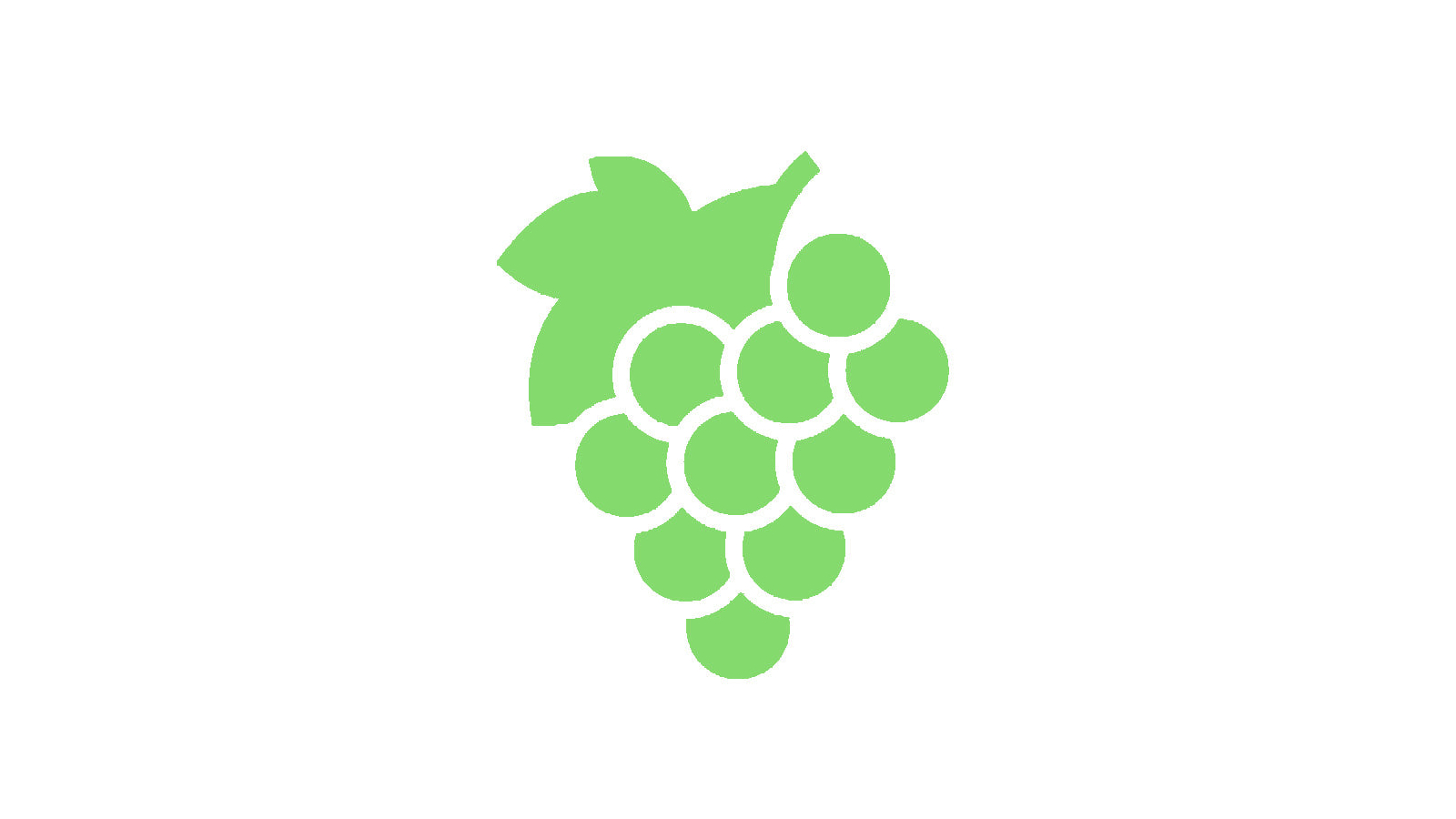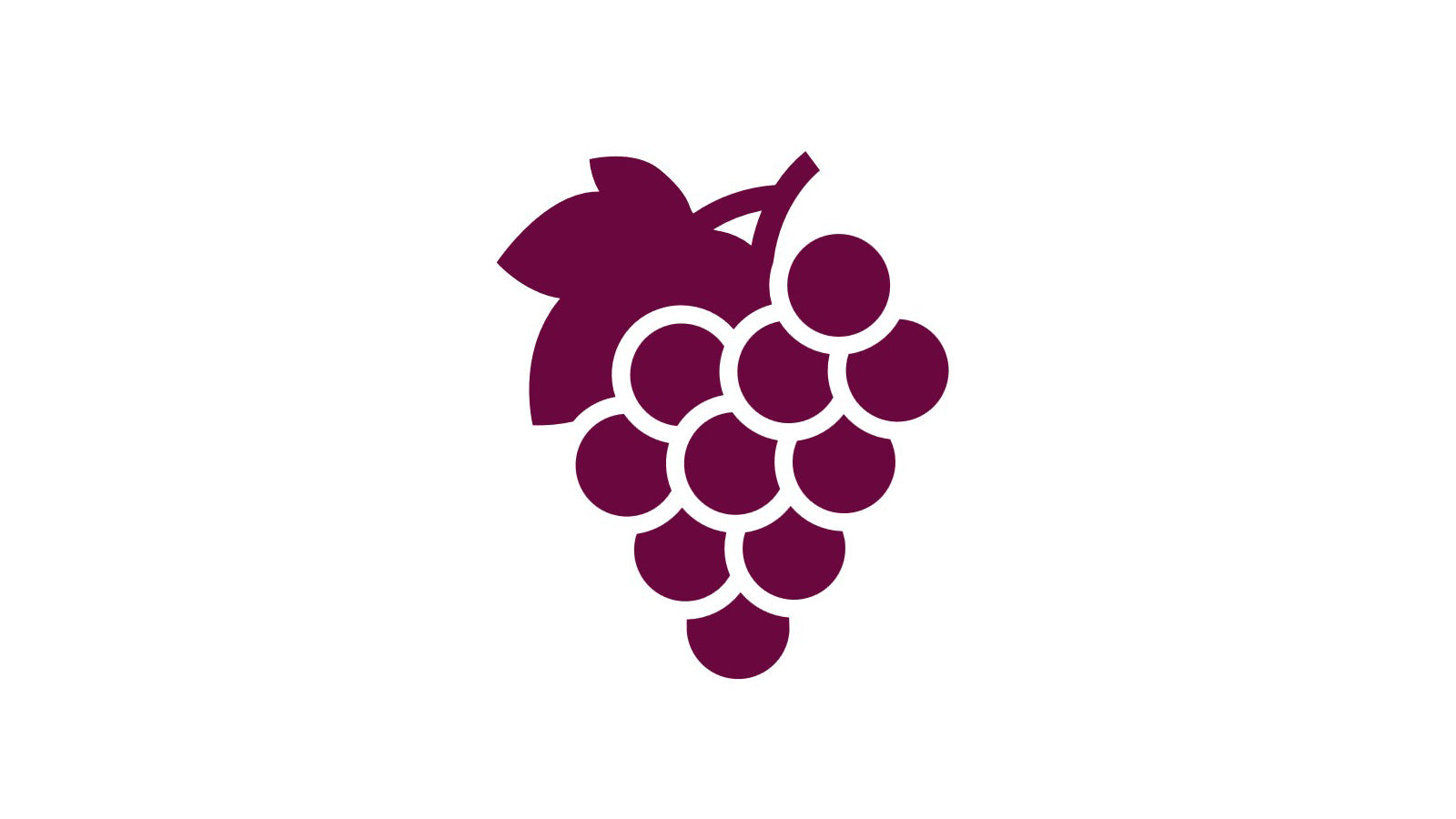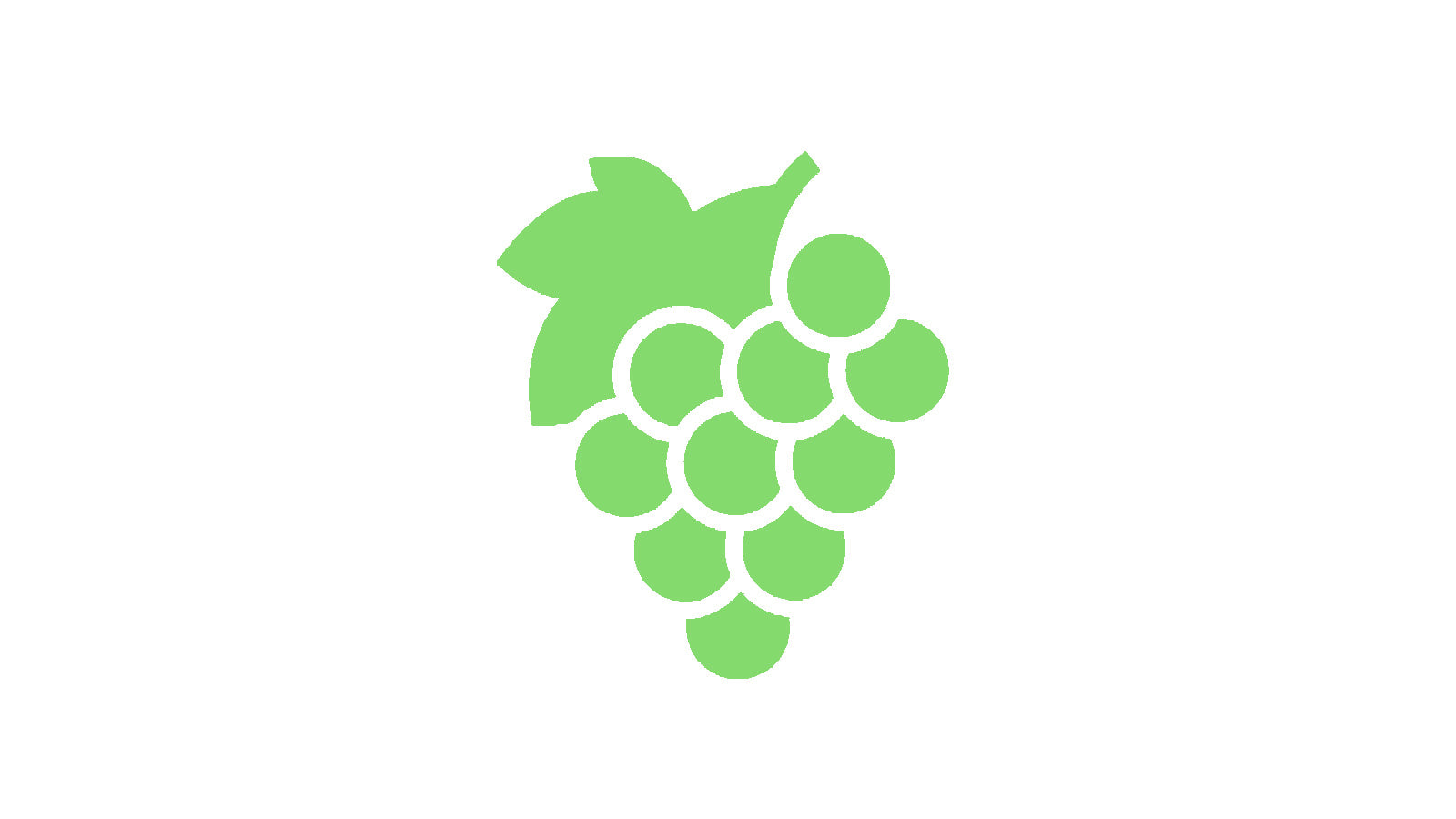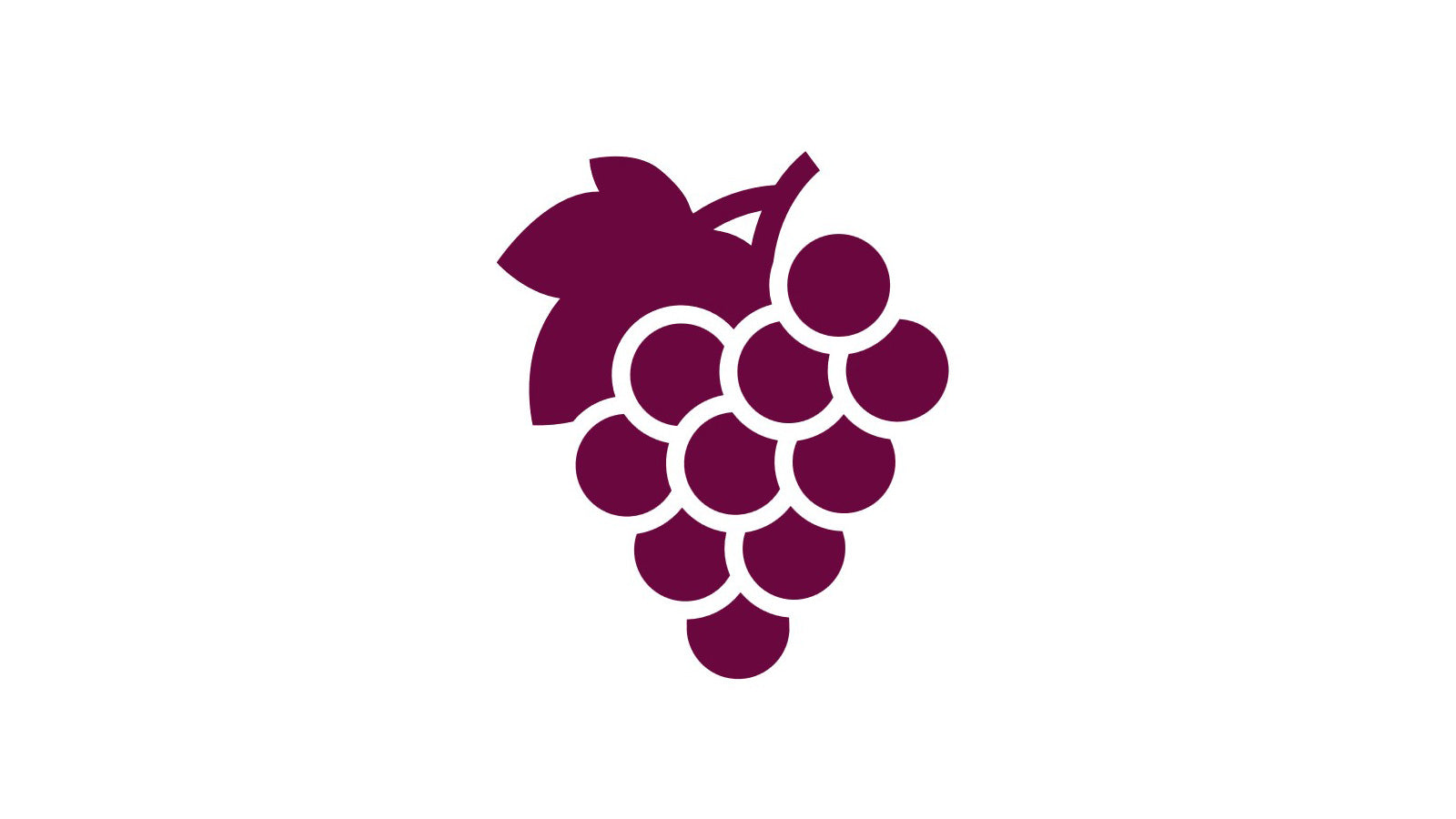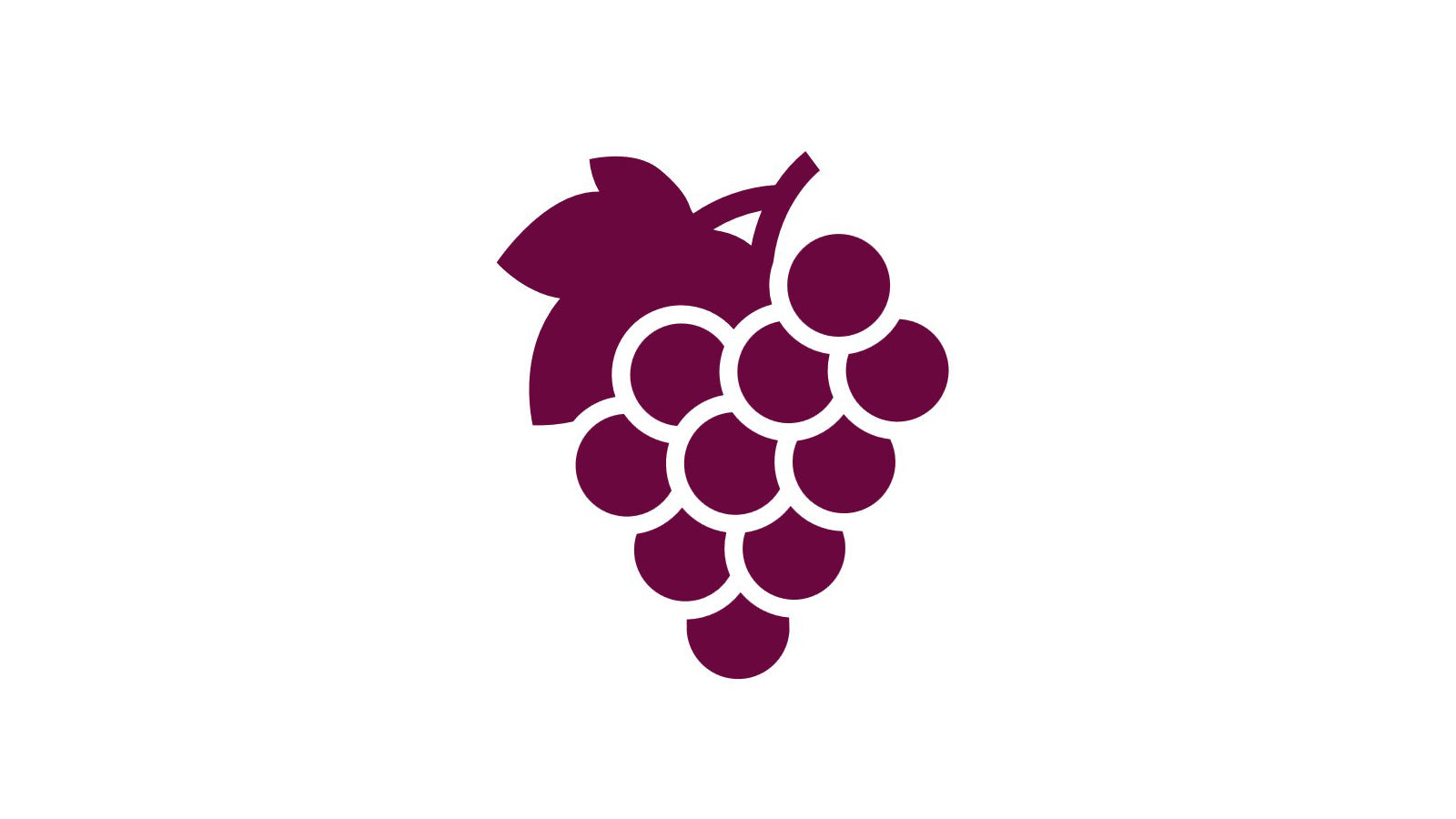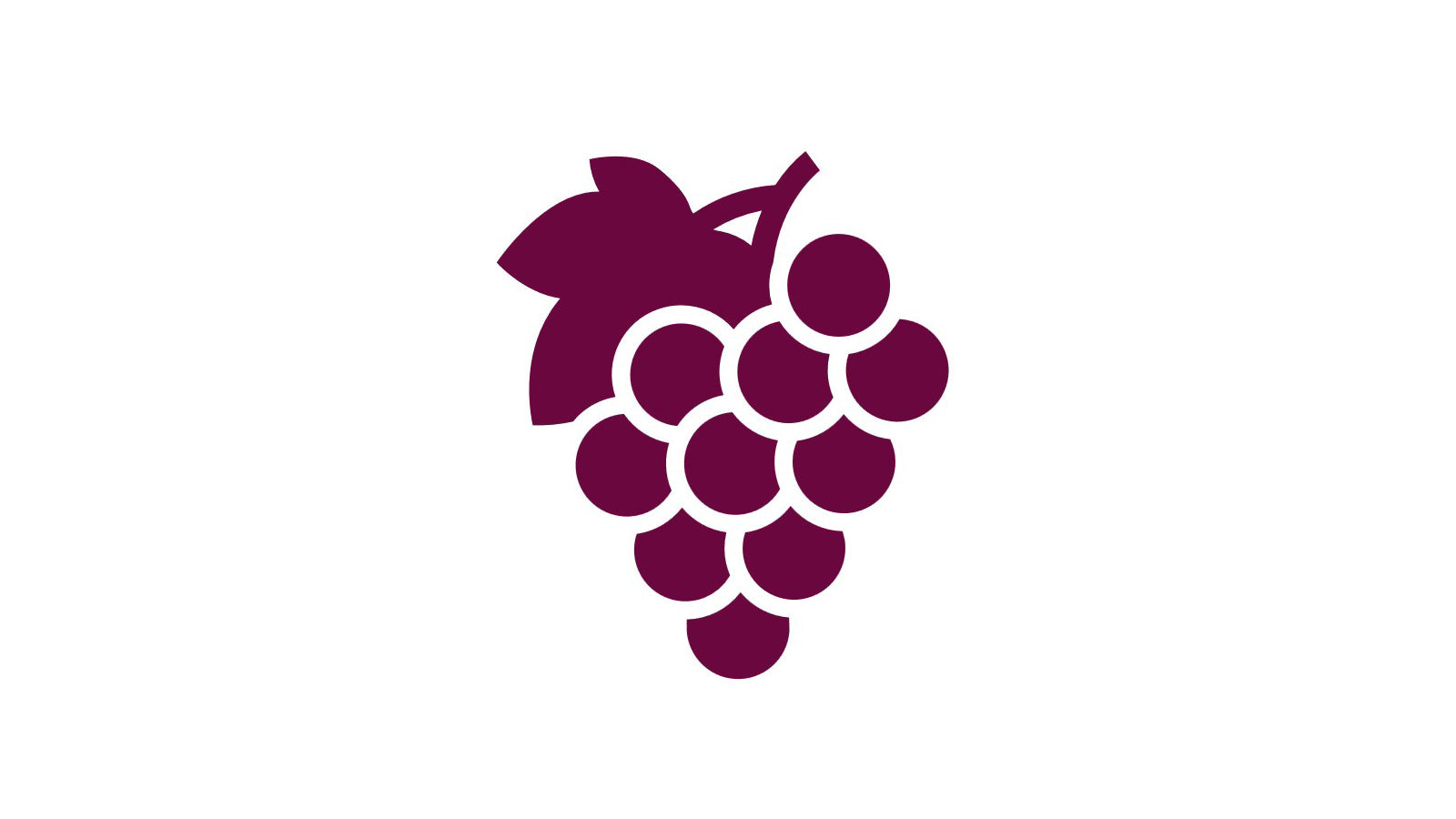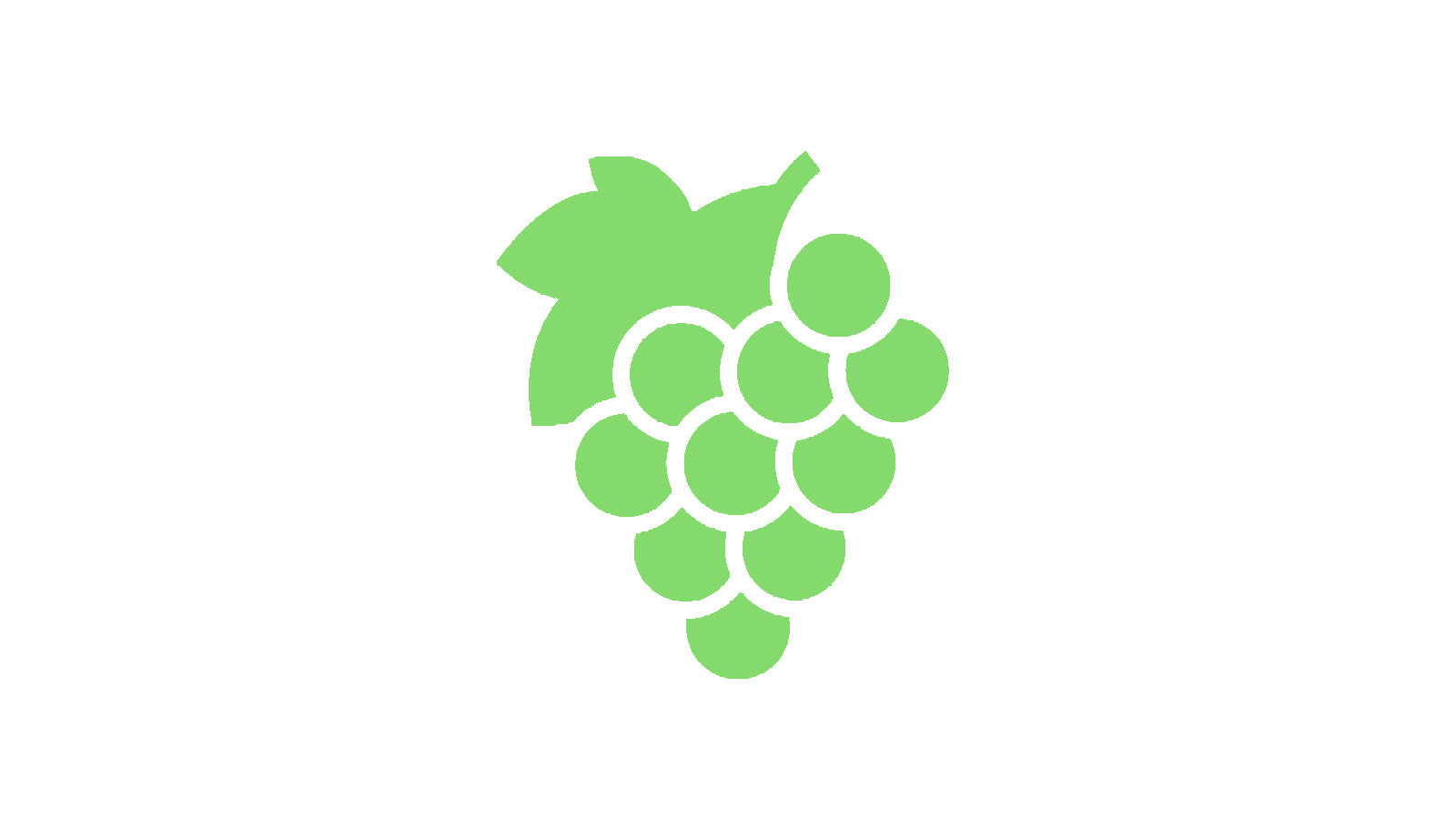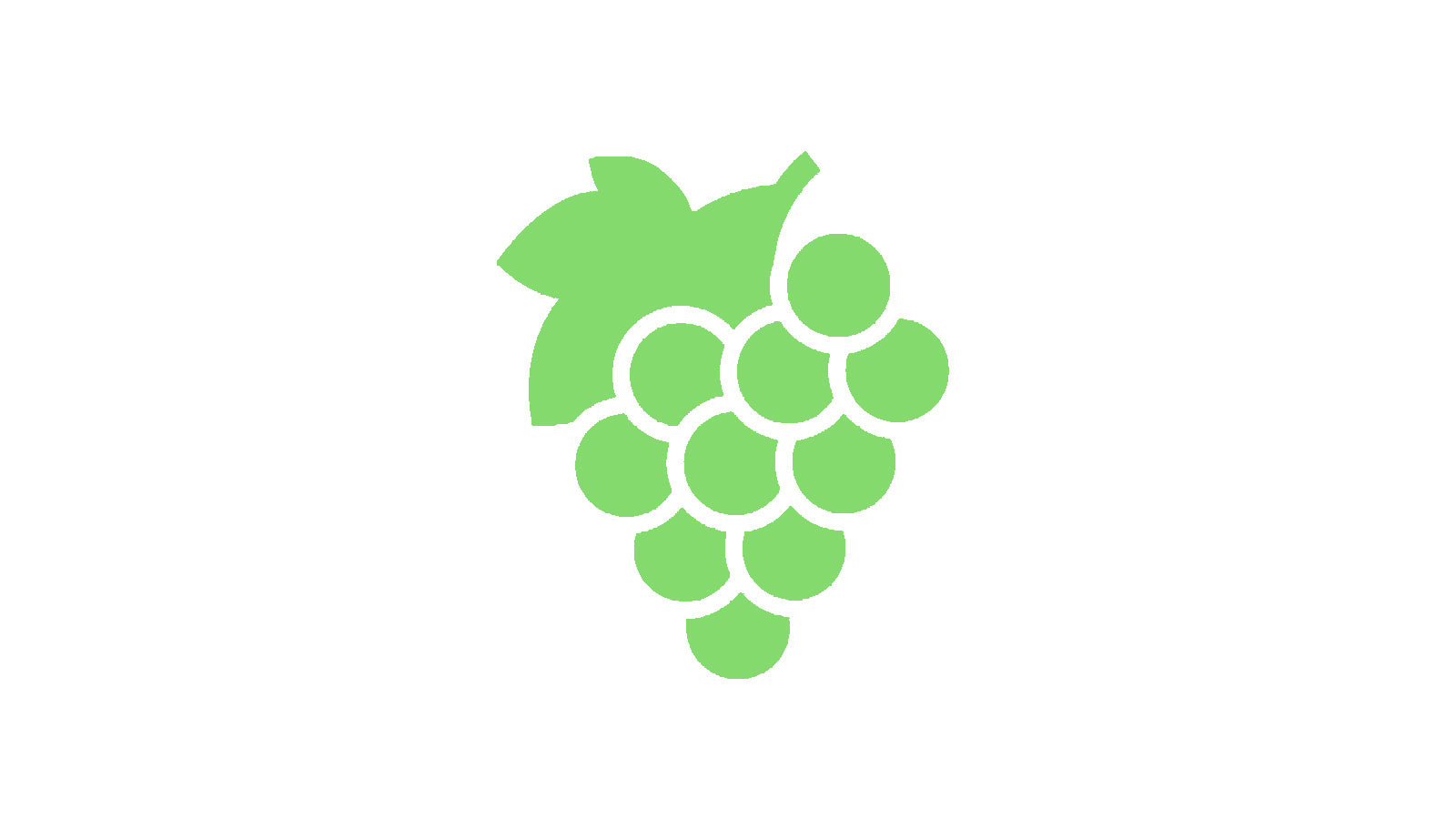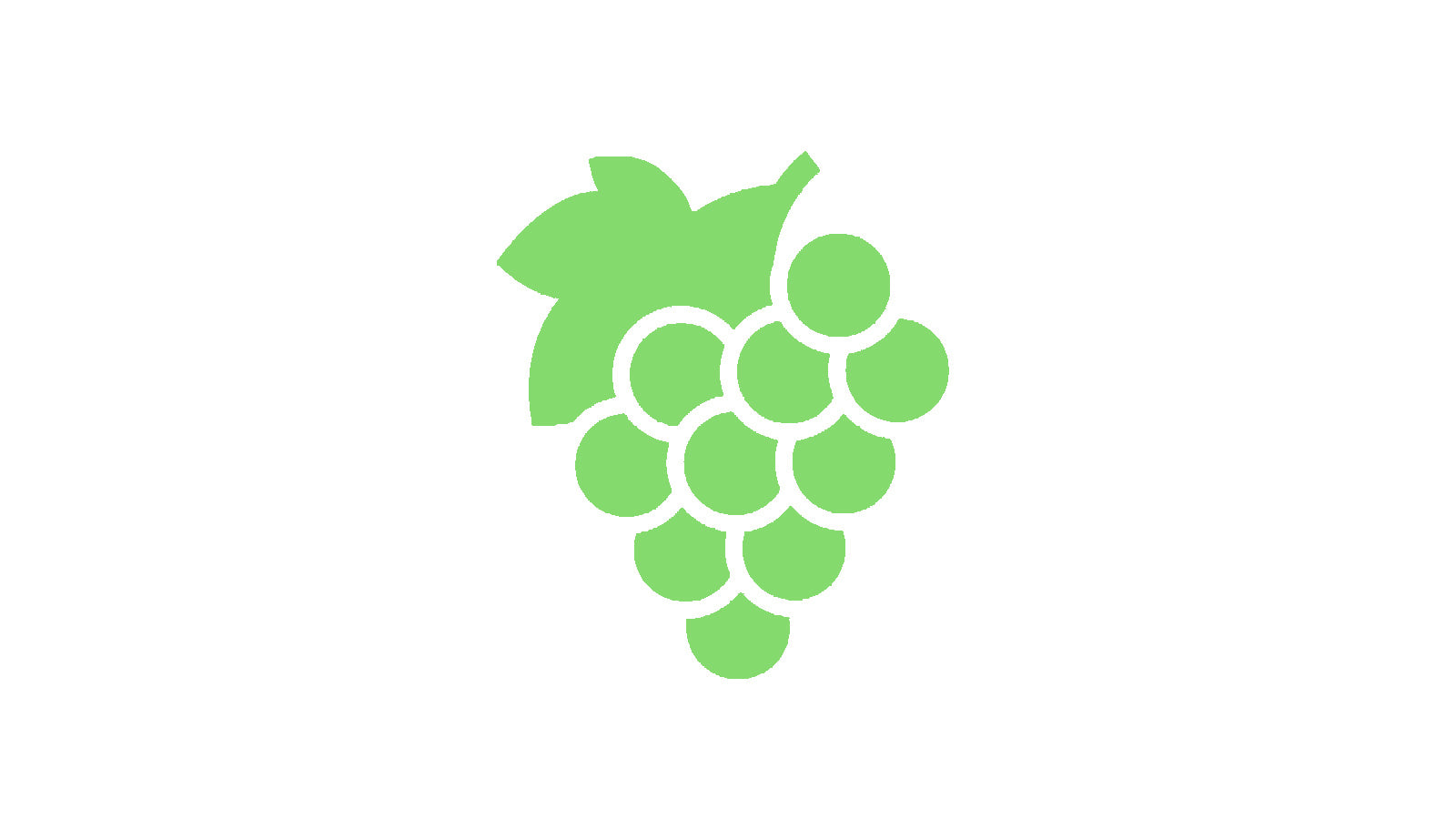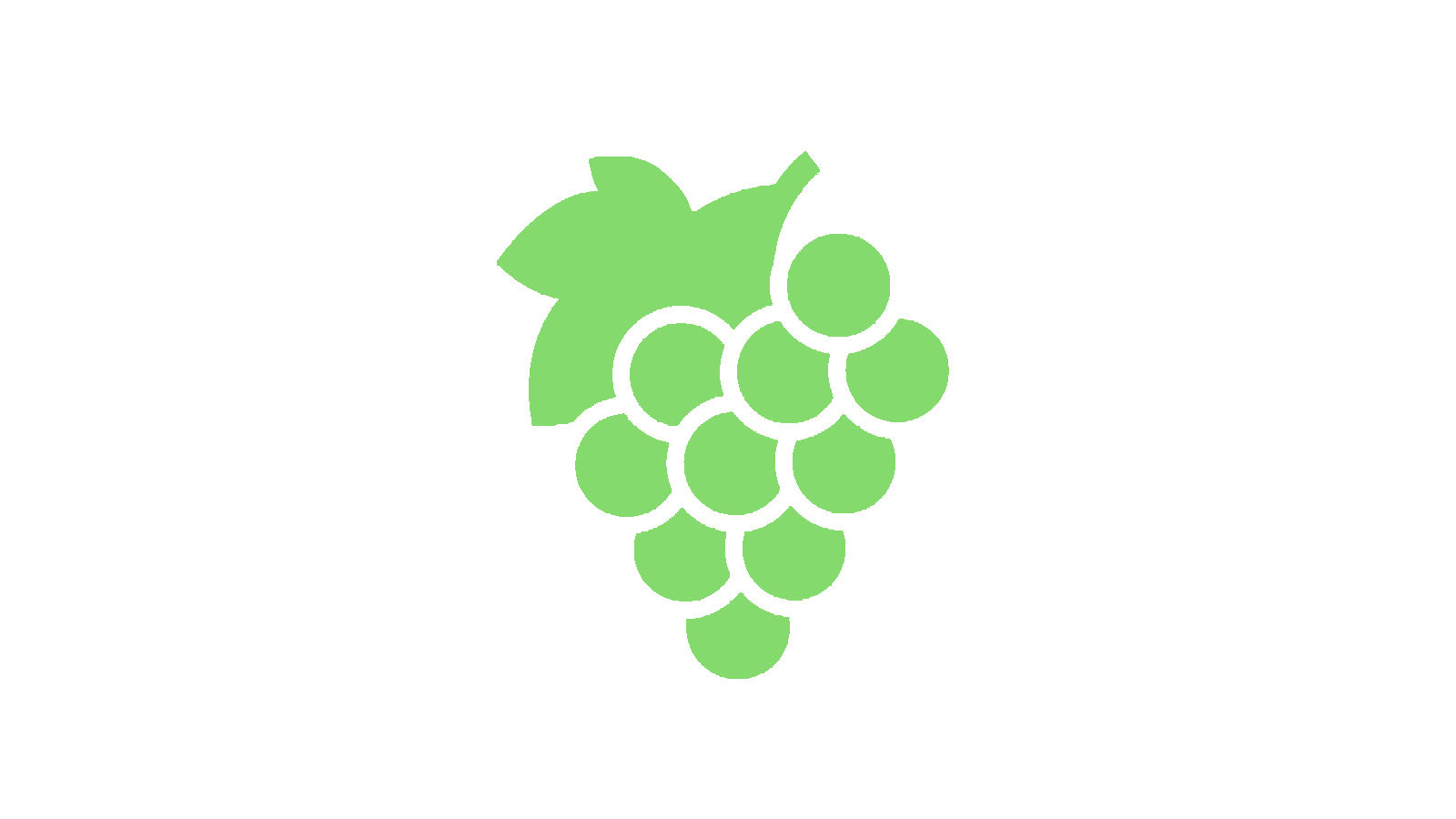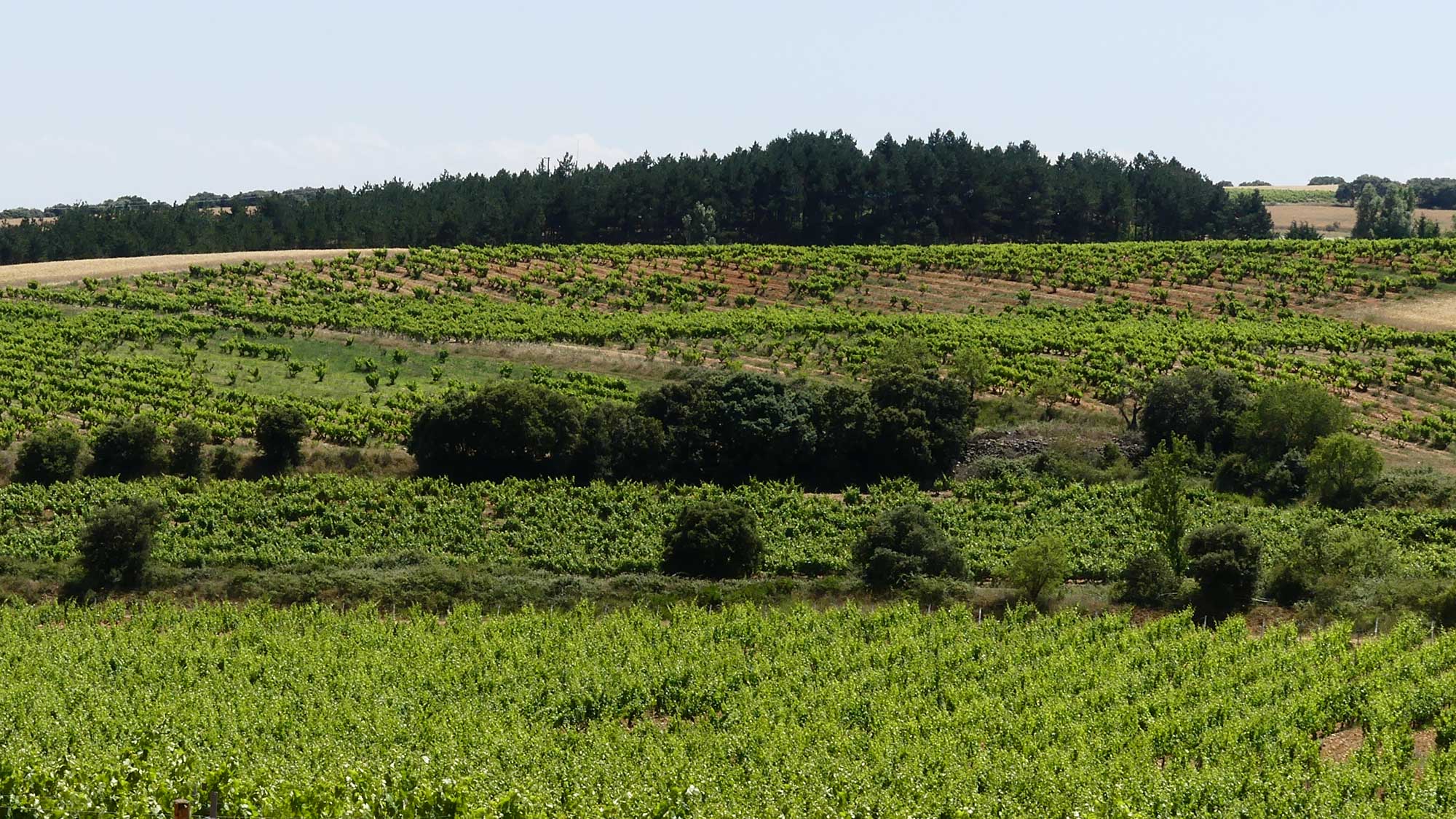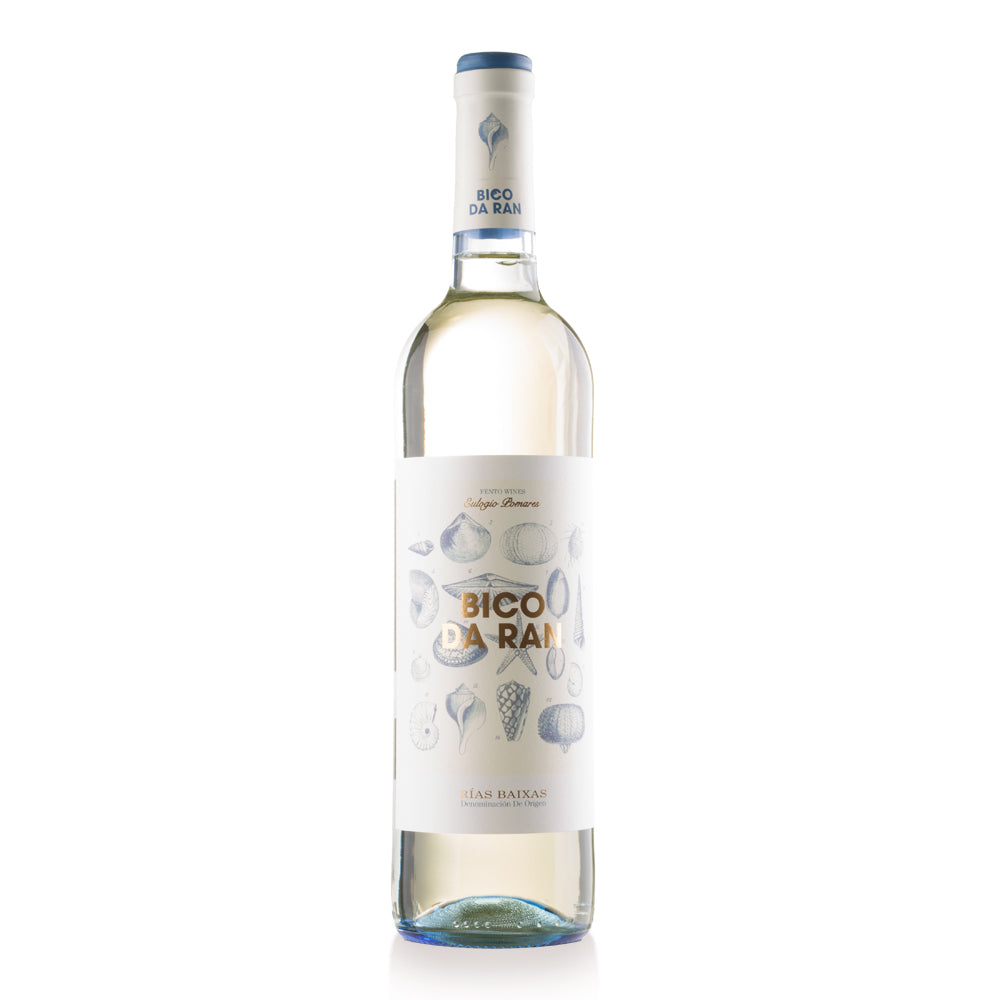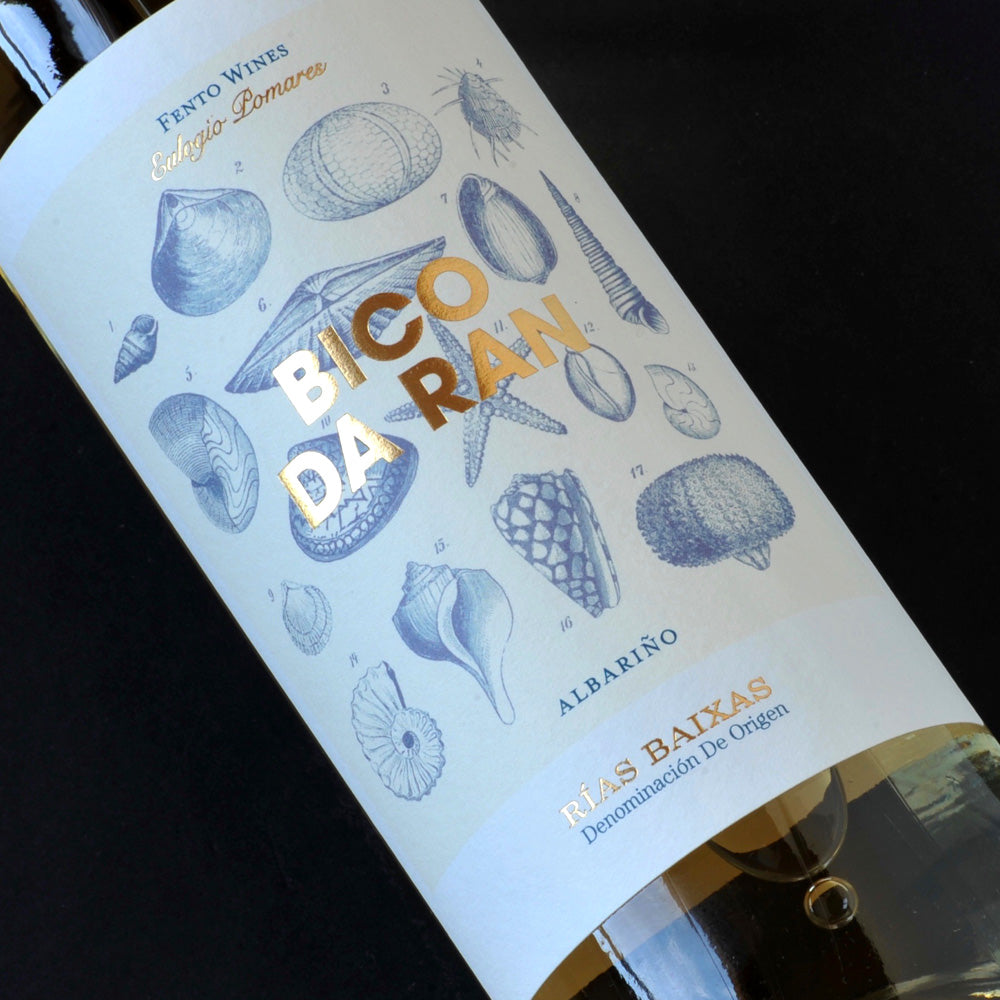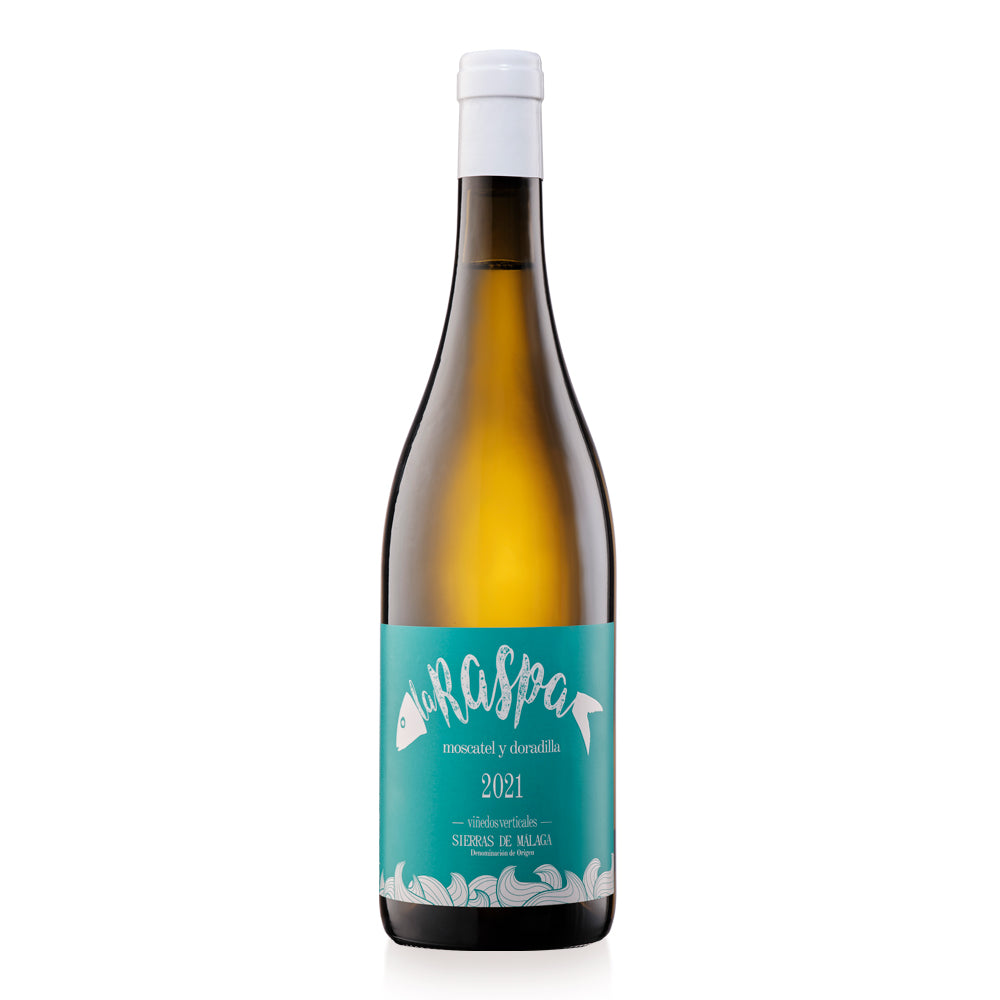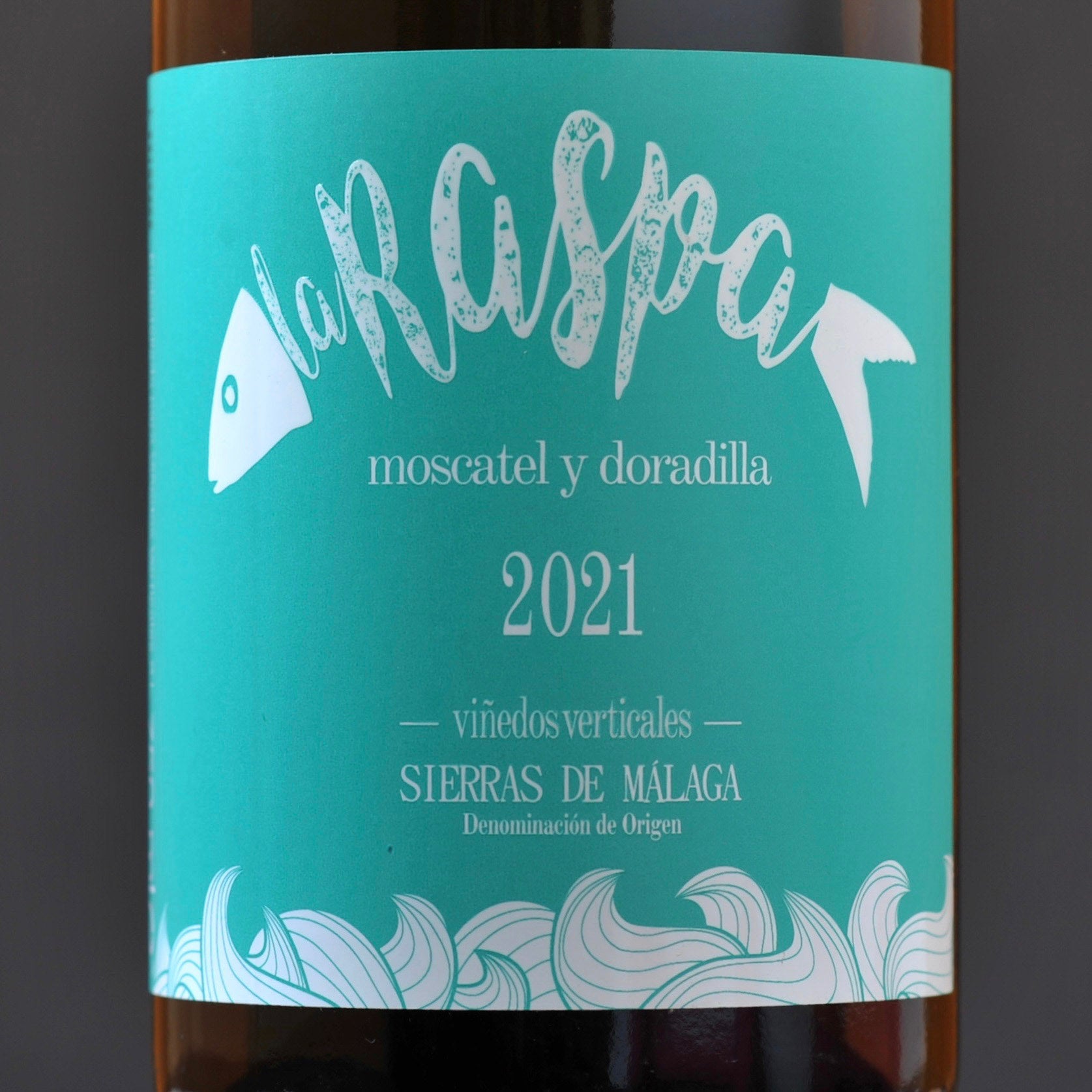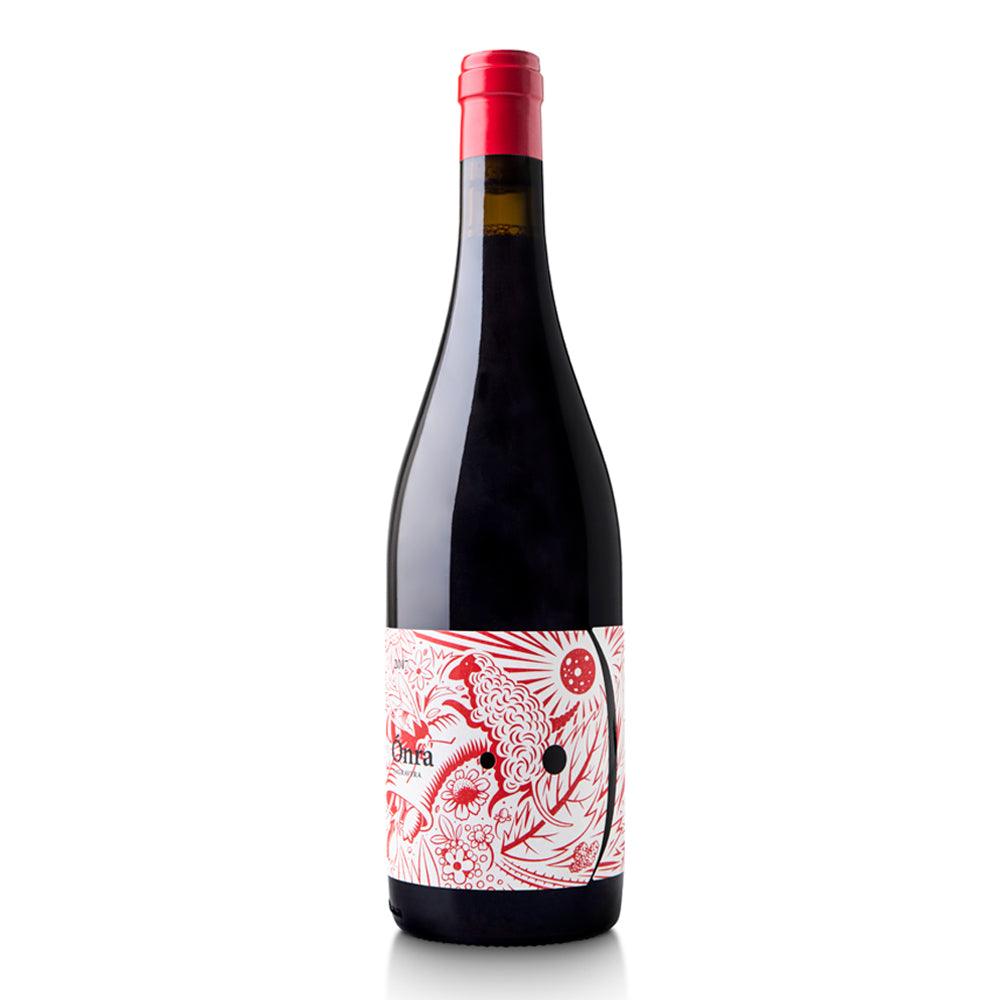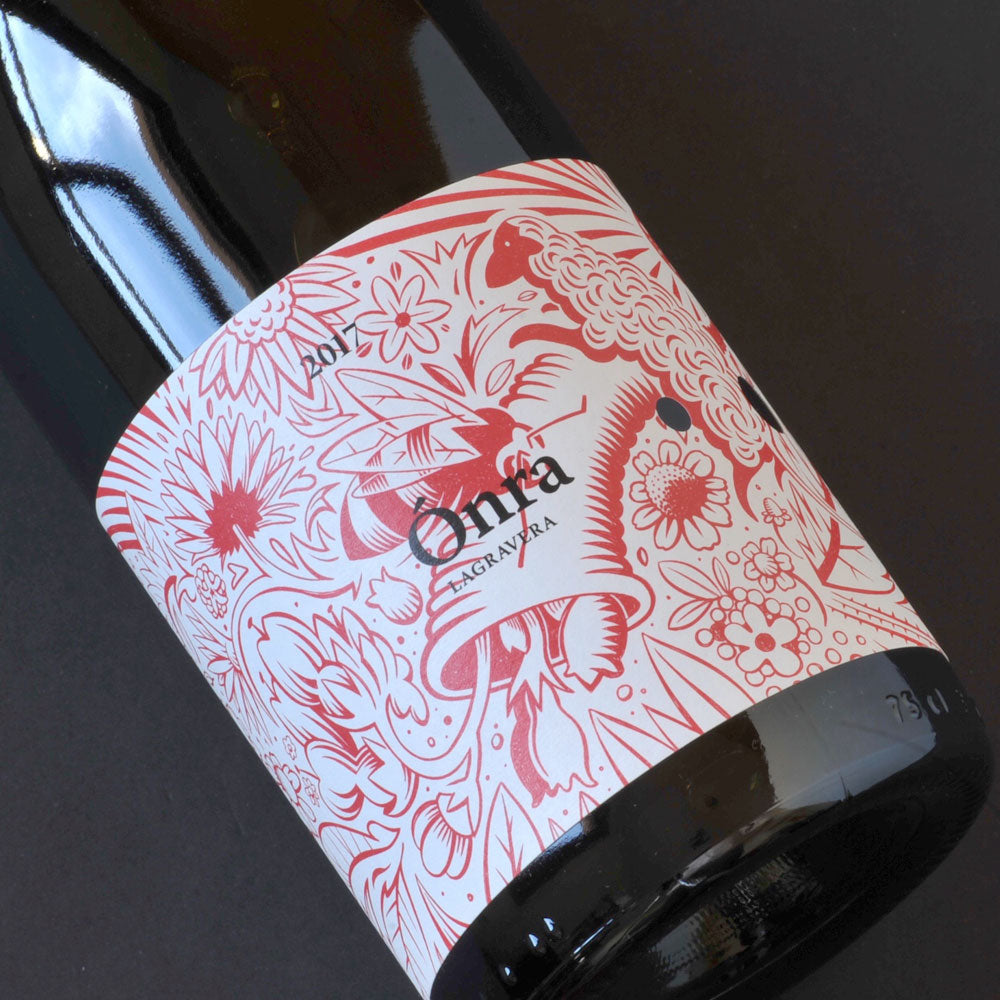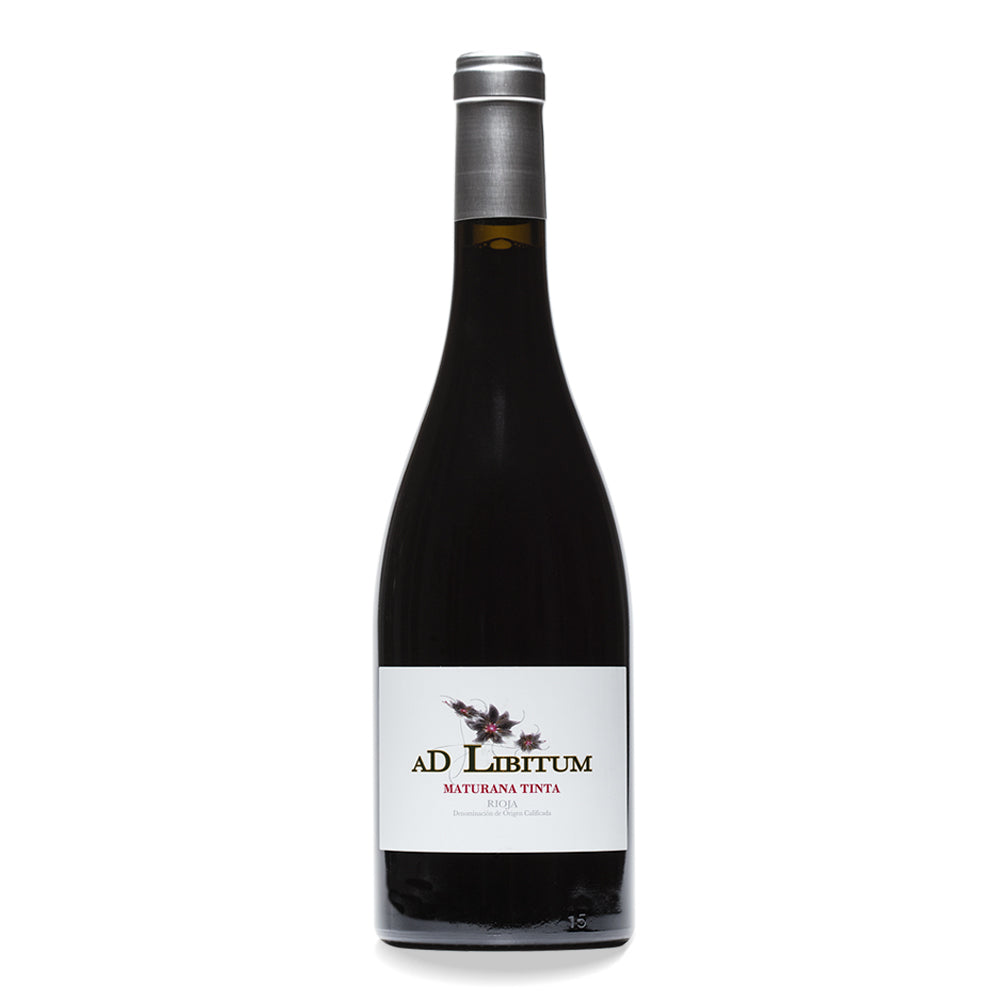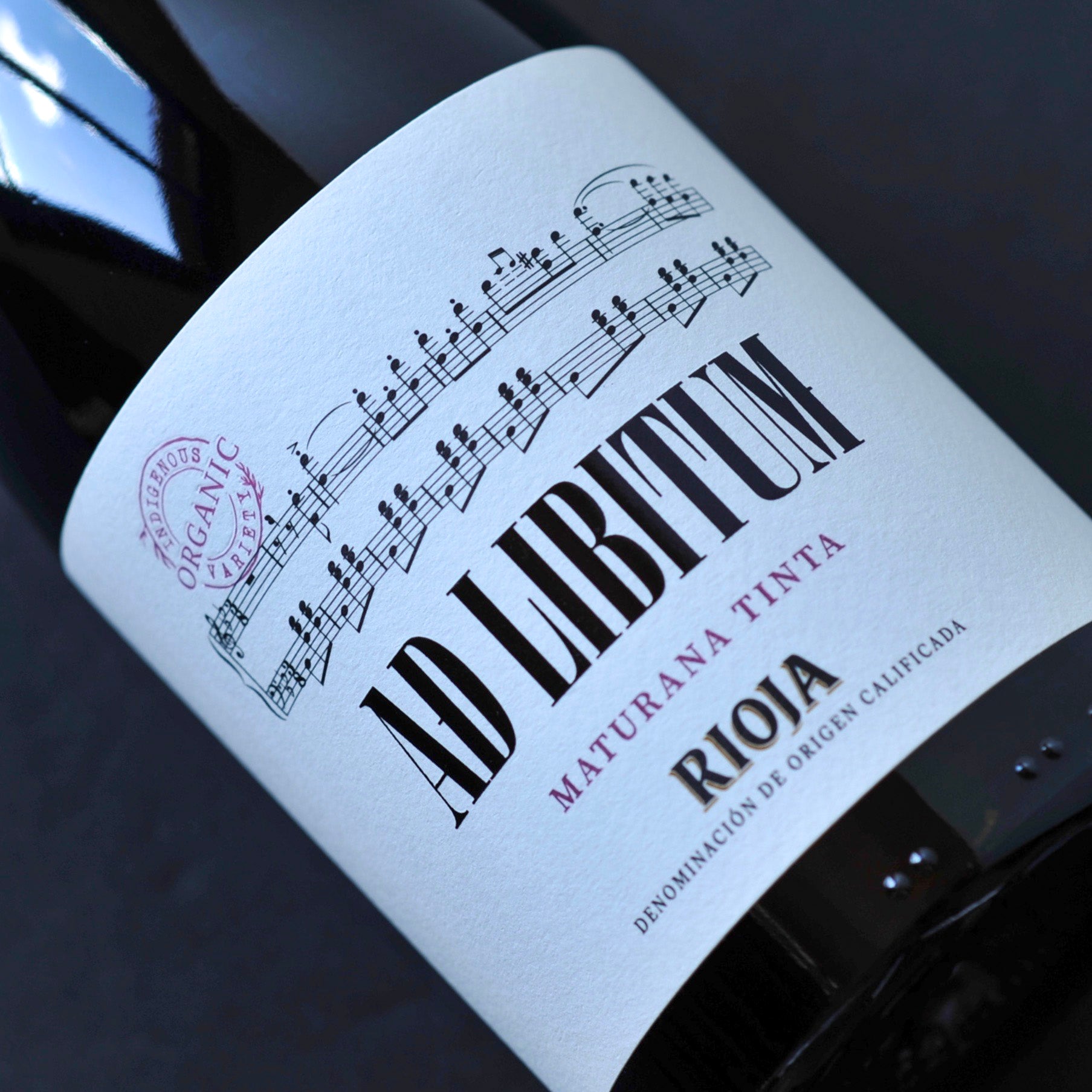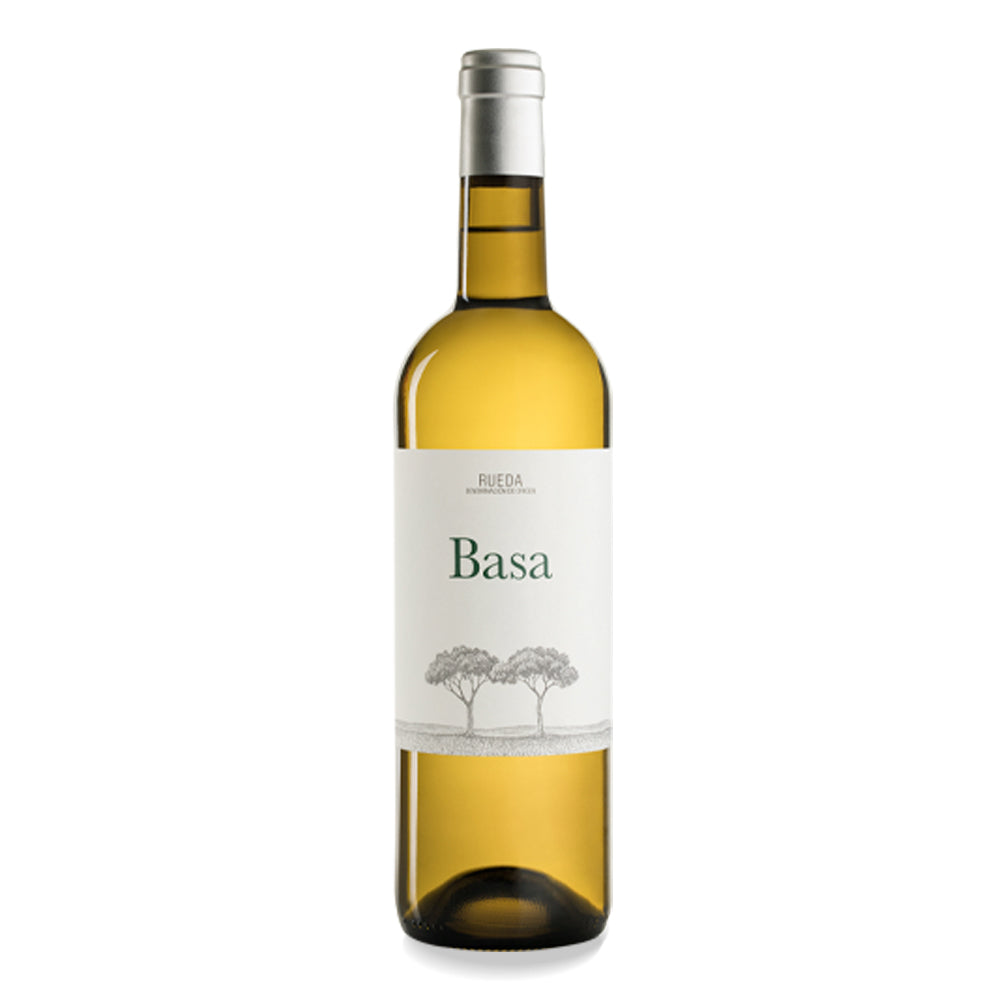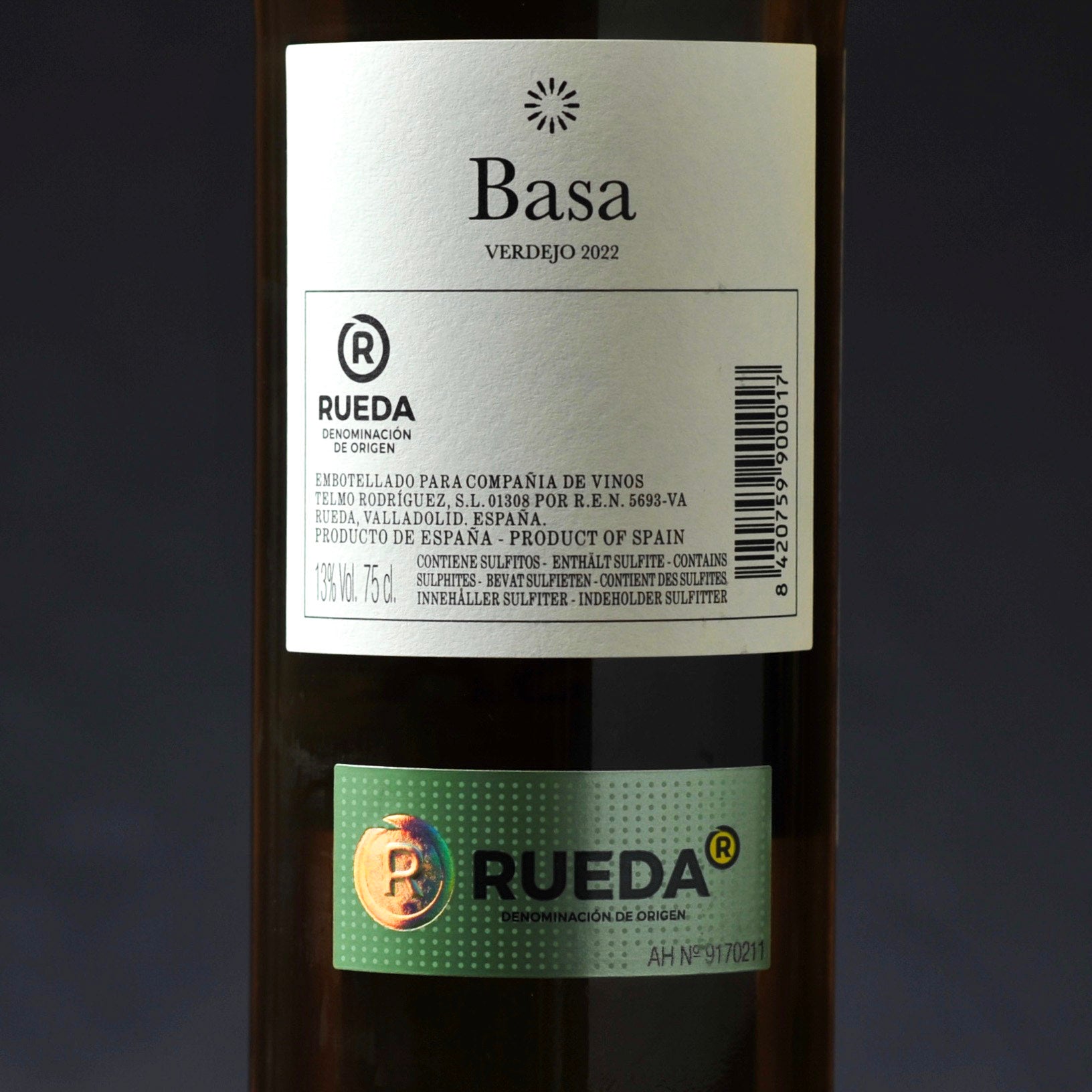What is Cabernet Sauvignon and where is it found?
A cross between Cabernet Franc and the white grape, Sauvignon Blanc, Cabernet Sauvignon is perhaps the world’s most famous red grape. Fanning out from its home in Bordeaux, where it remains the key grape in wines from both the Right Bank (ie north of the Dordogne river) and Left Bank (ie south of the Garonne river), Cabernet Sauvignon is now pretty much the world’s most widely planted red wine grape (just pipped at the post by Kyoho which is grown at large scale in China), and has proved popular in both New and Old World’s.
In France and Argentina it accounts for about 6% of the total vineyard area. In the US and South Africa that figure is closer to 10%, while in Australia and Chile it’s 17% and 20% respectively. In Spain it covers about 20,000 hectares, about the same as Syrah, although Cabernet Sauvignon is a more adaptable grape and you'll find more single varietal examples of Spanish Cabernet Sauvignon than Syrah.
Cabernet Sauvignon’s main characteristics
Cabernet Sauvignon is a thick skinned, late-ripening grape, which grows in small, conical shaped clusters. Its thick skin, which is rather bluish in tone when on the vine, gives it plenty of colour and tannin, and it has well defined fruit flavours. All of which help it stand up well to wood and make it the perfect candidate for ageing in oak barrels.
What does Cabernet Sauvignon taste like?
Cabernet Sauvignon covers a pretty broad spectrum of flavours depending on where its grown and its degree of ripeness. When not fully ripe, you can expect fresh peppers and herbaceous, slightly bitter notes. But as it ripens that changes, and more concentrated fruit favours begin to emerge like blackcurrant, or even blackcurrant lozenge.
Cabernet Sauvignon also works with oak, and as it ages in barrels it can take on enticing aromas of clove, spice and musk, licorice, vanilla pods and sandalwood and cedar (which might remind you of the inside of a cigar box).
Where can I try some Cabernet Sauvignon?
Bordeaux may be is Cabernet Sauvignon’s spiritual home, but its global popularity means you don’t need to spend a fortune on a bottle from a famous Château to enjoy it. Here in Spain you’ll find vineyards growing the grape in Castilla La Mancha, Aragon, Catalunya, Navarra, Valencia and Extremadura. A consistently good Spanish Cab, try Dehesa del Carrizal Cabernet Sauvignon, from the Vino de Pago Dehesa del Carrizal in Castilla La Mancha.

